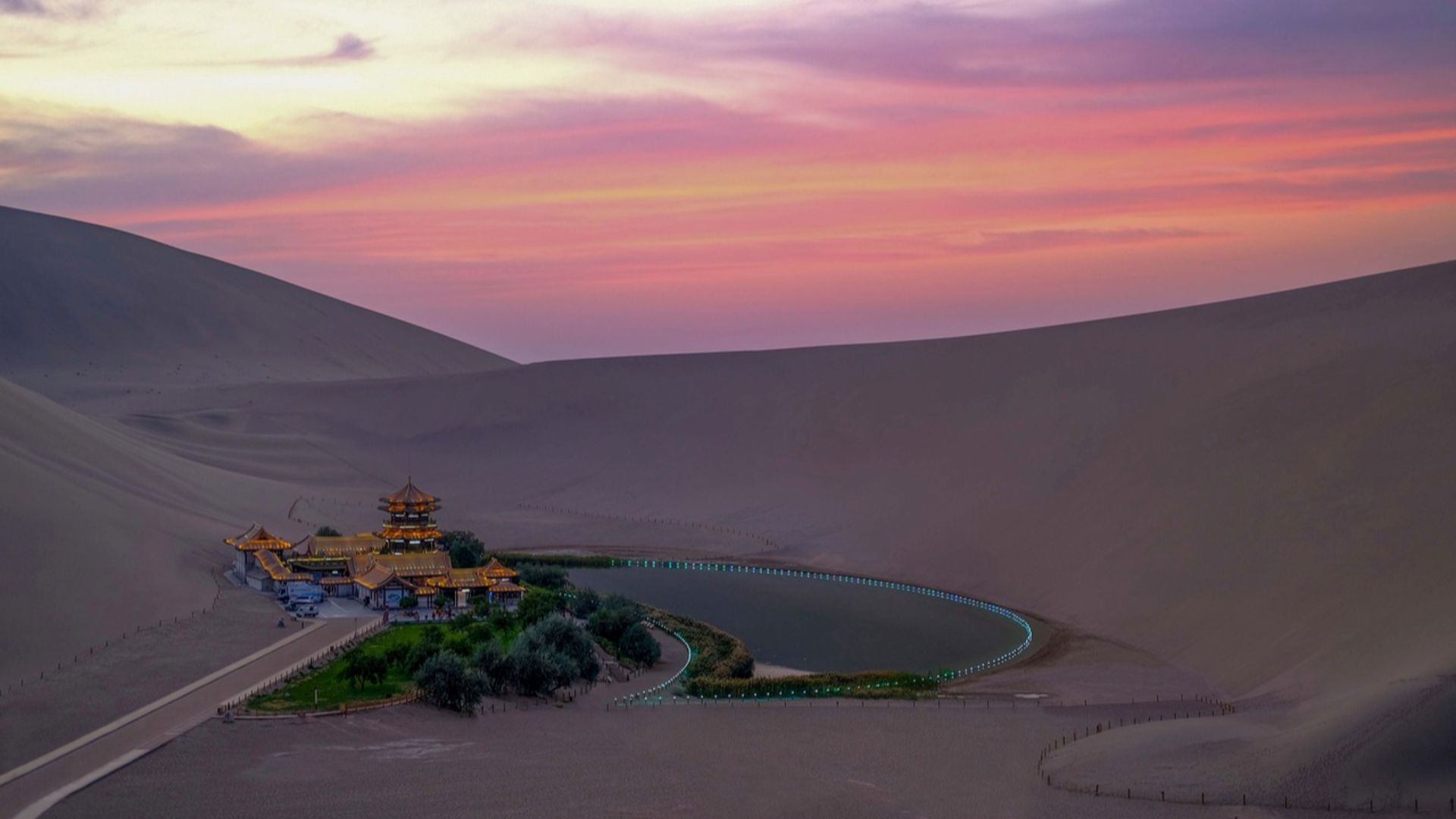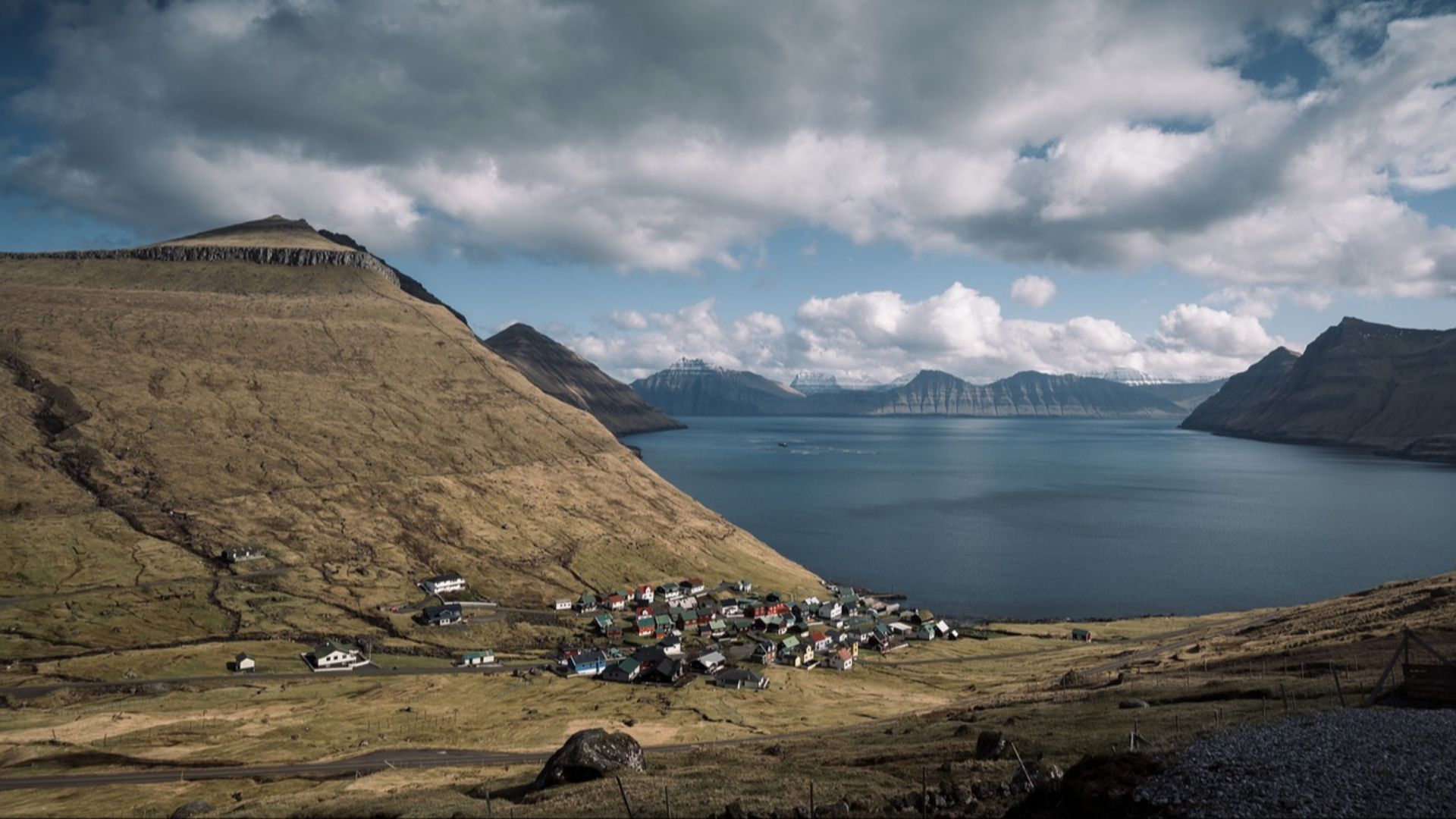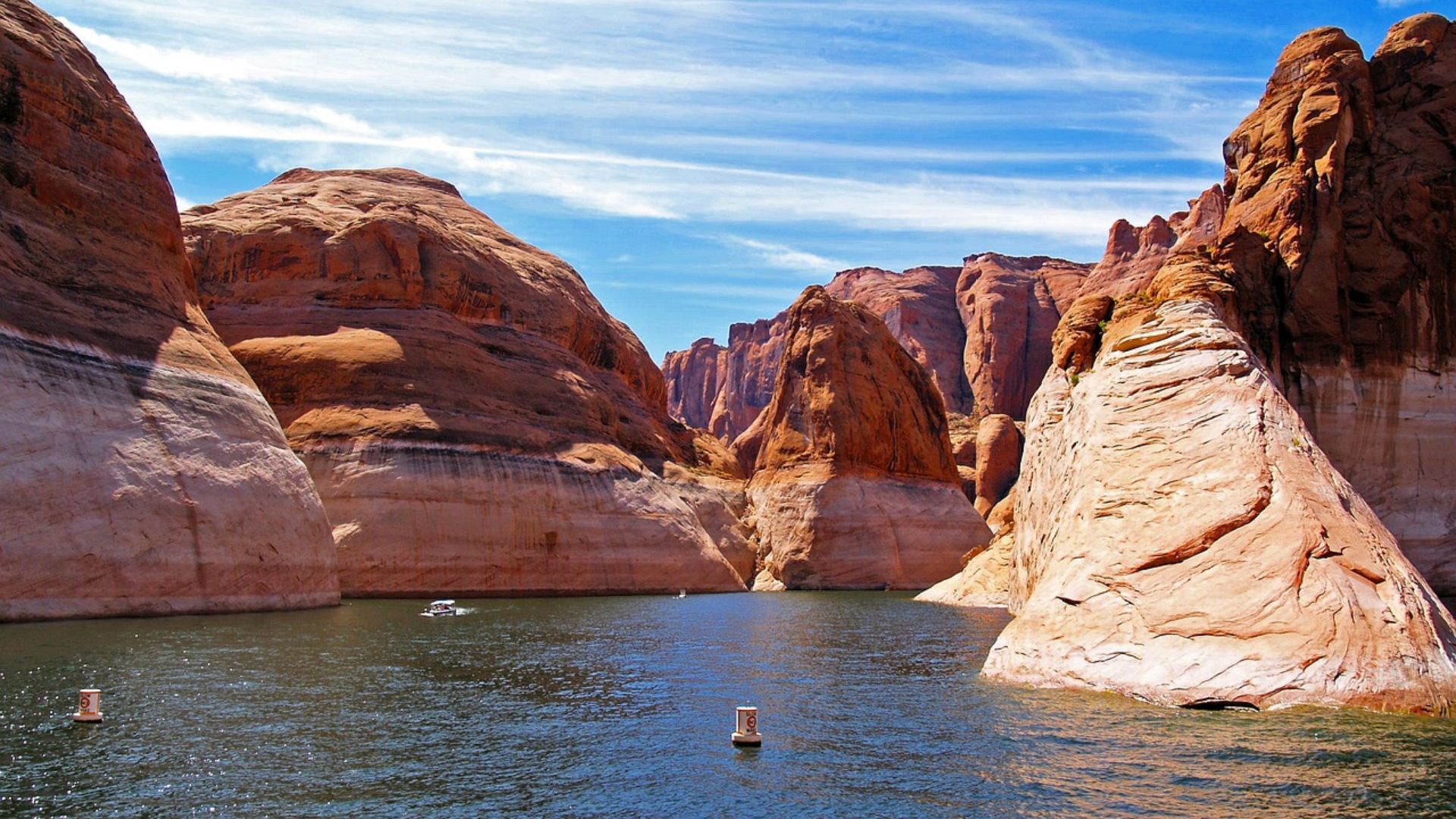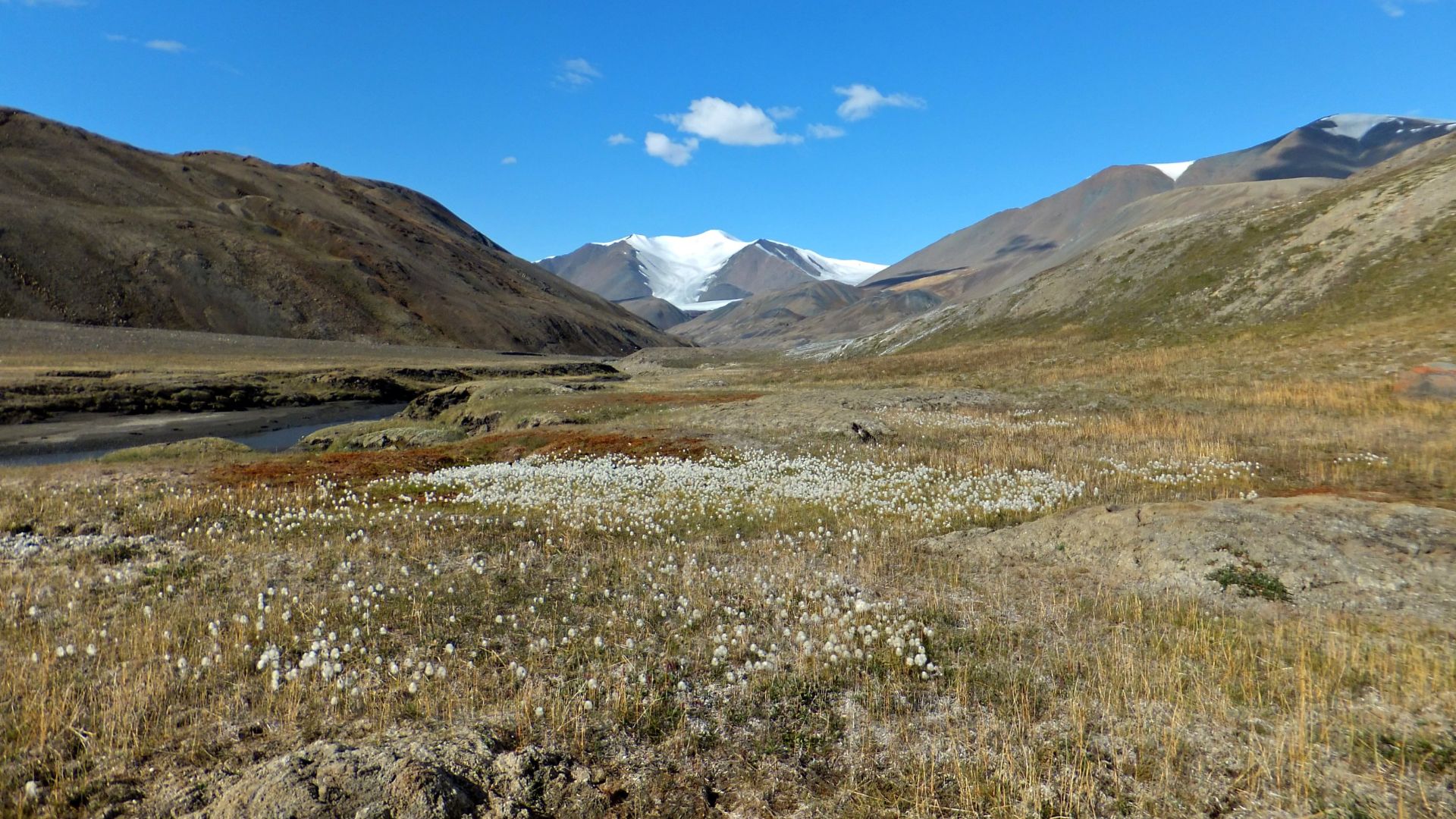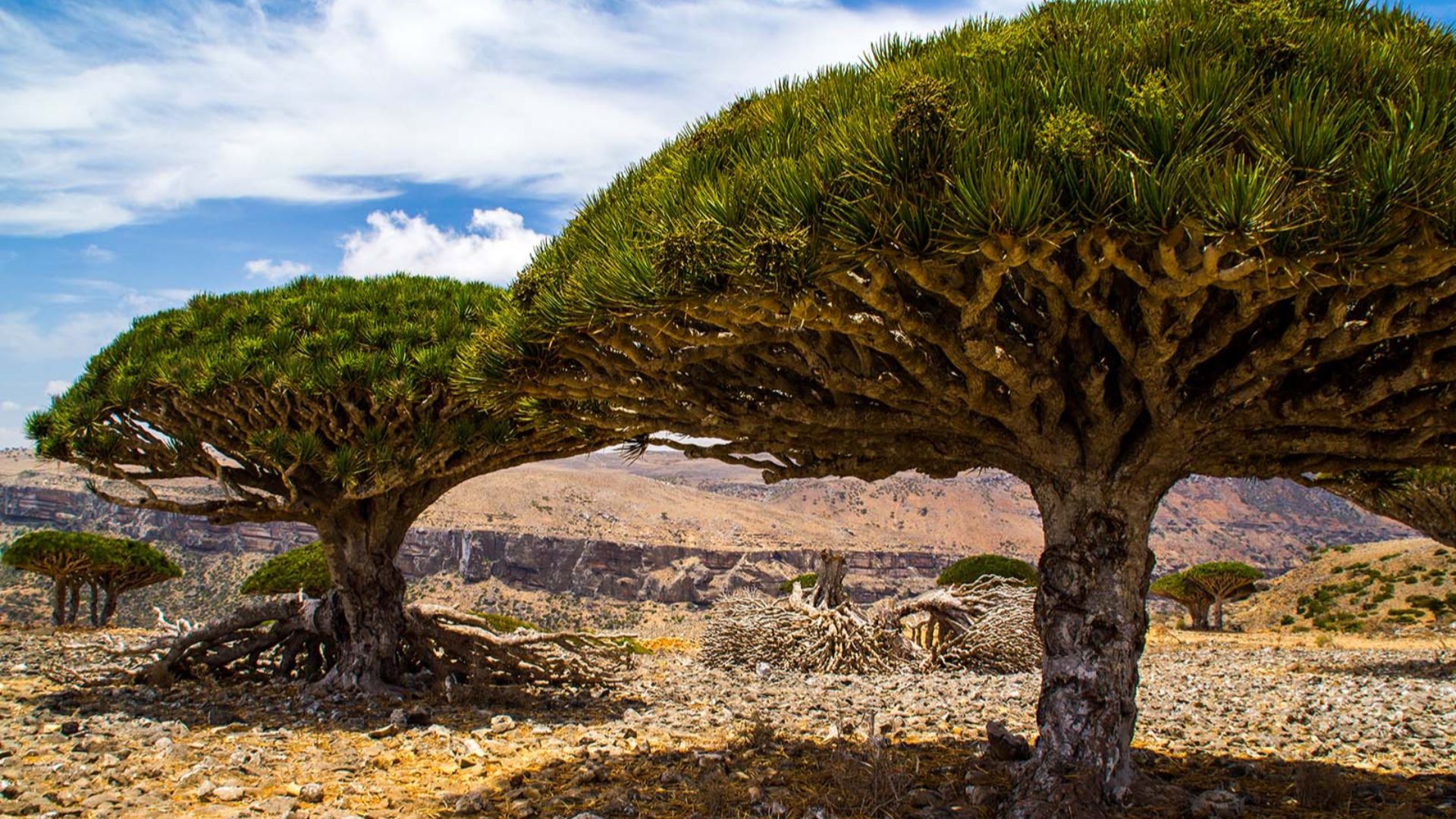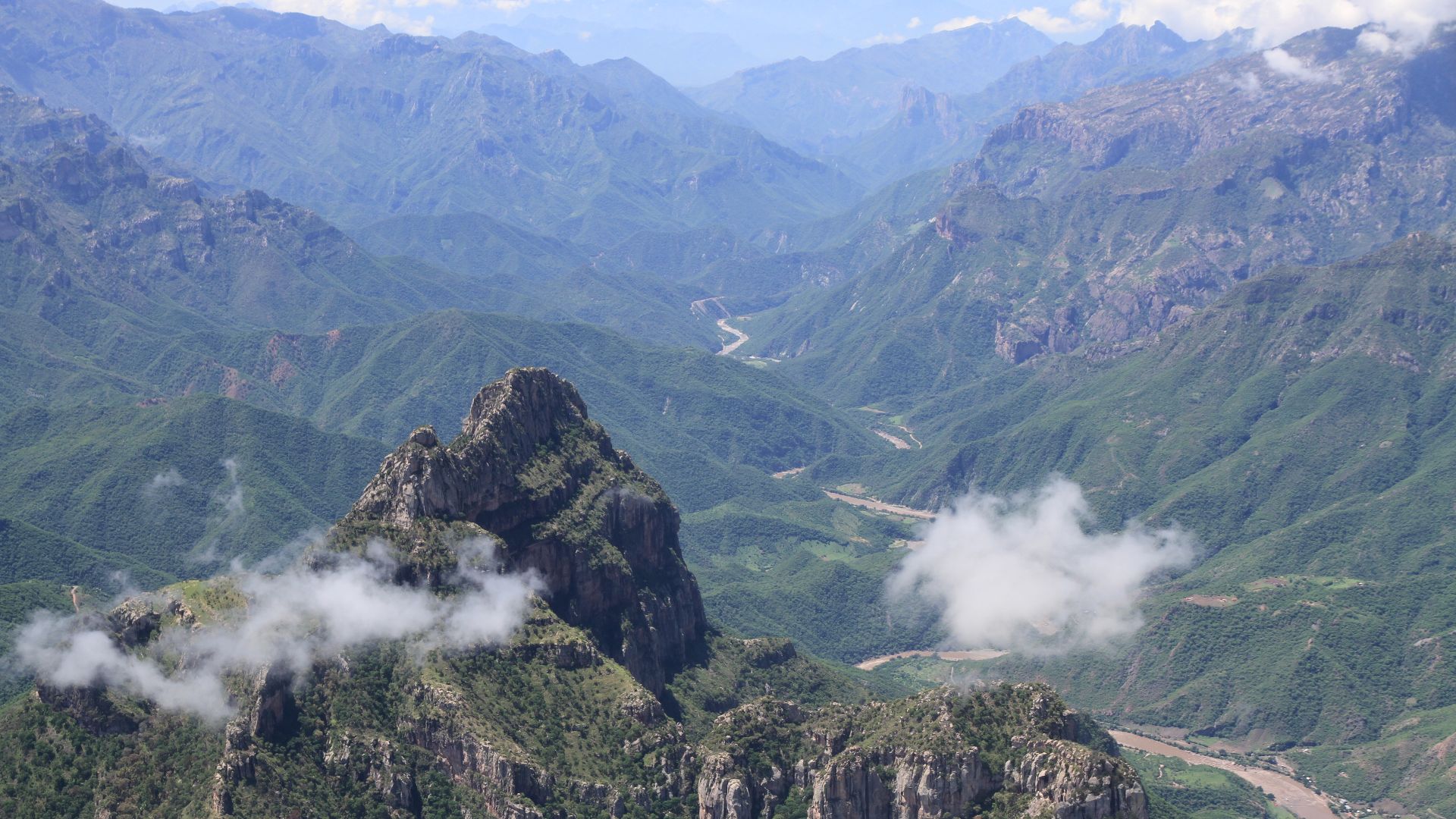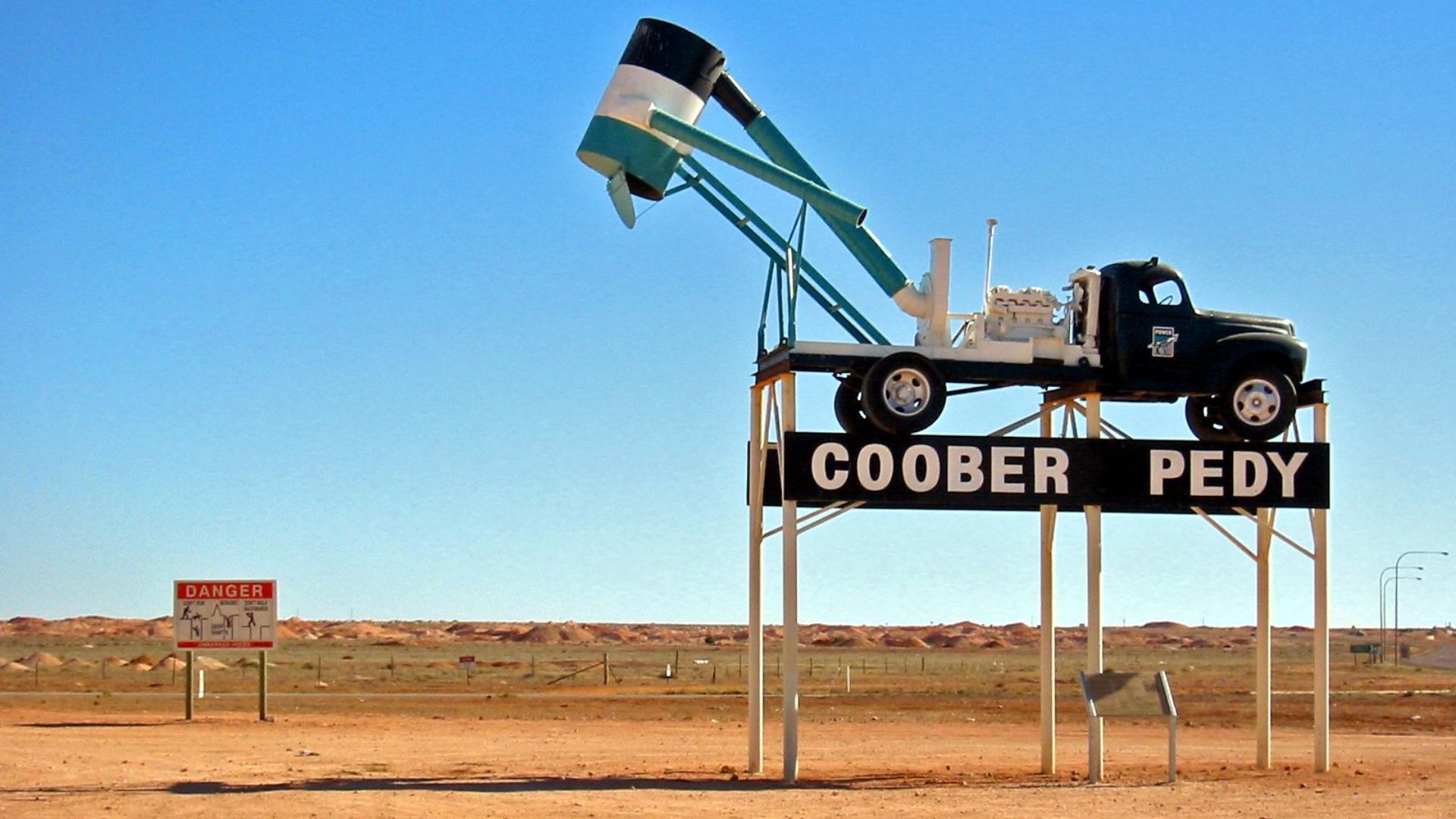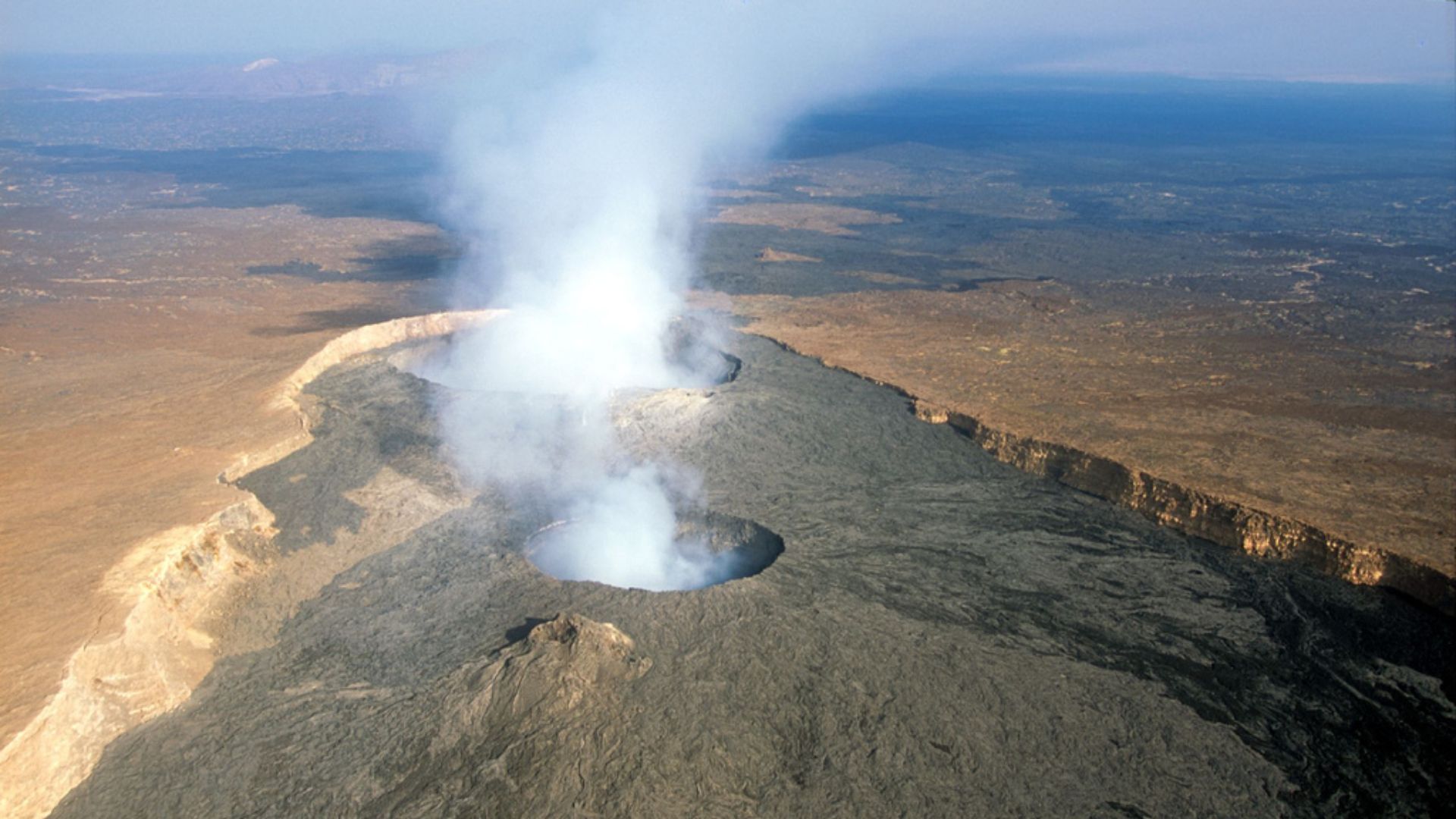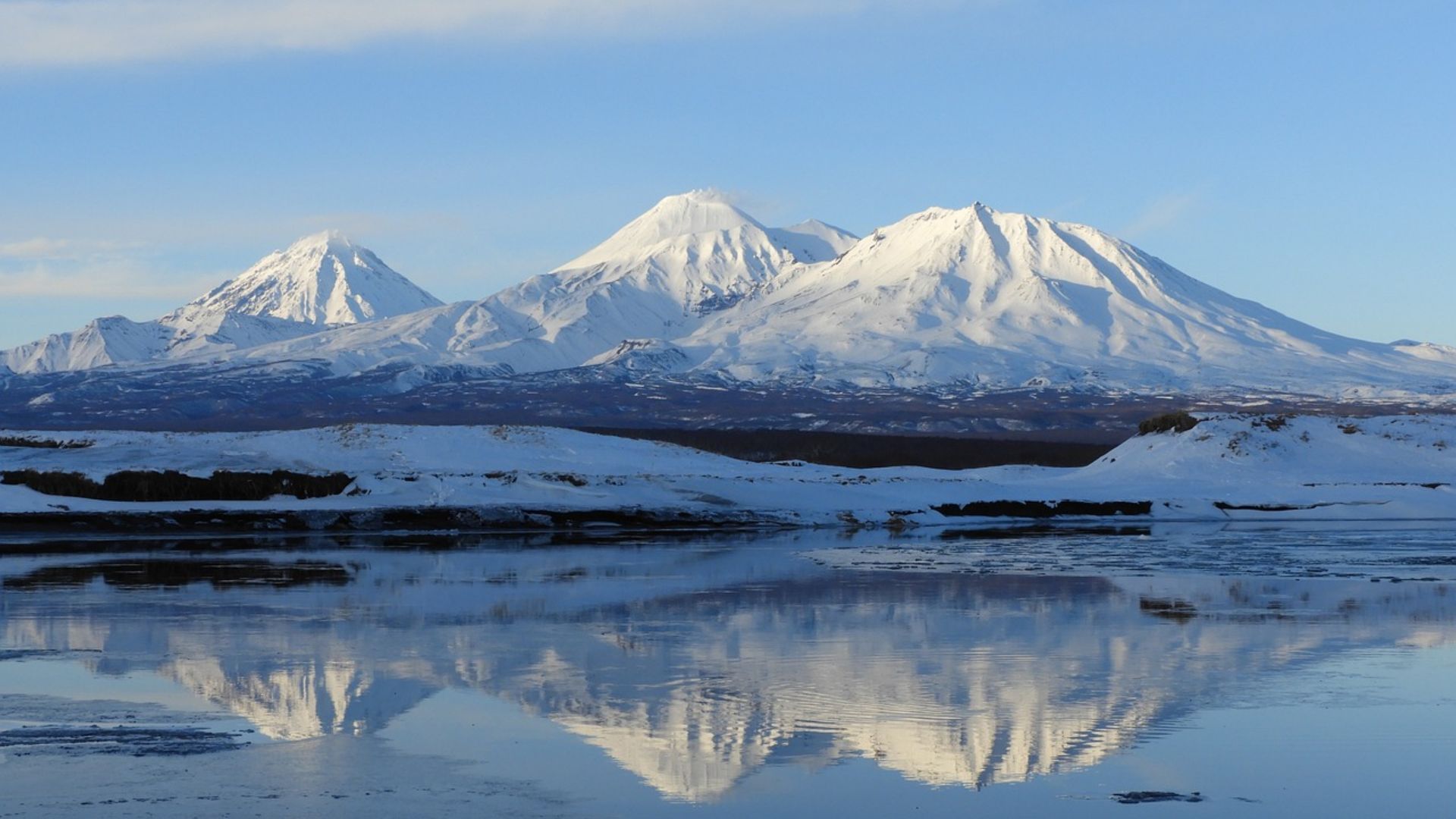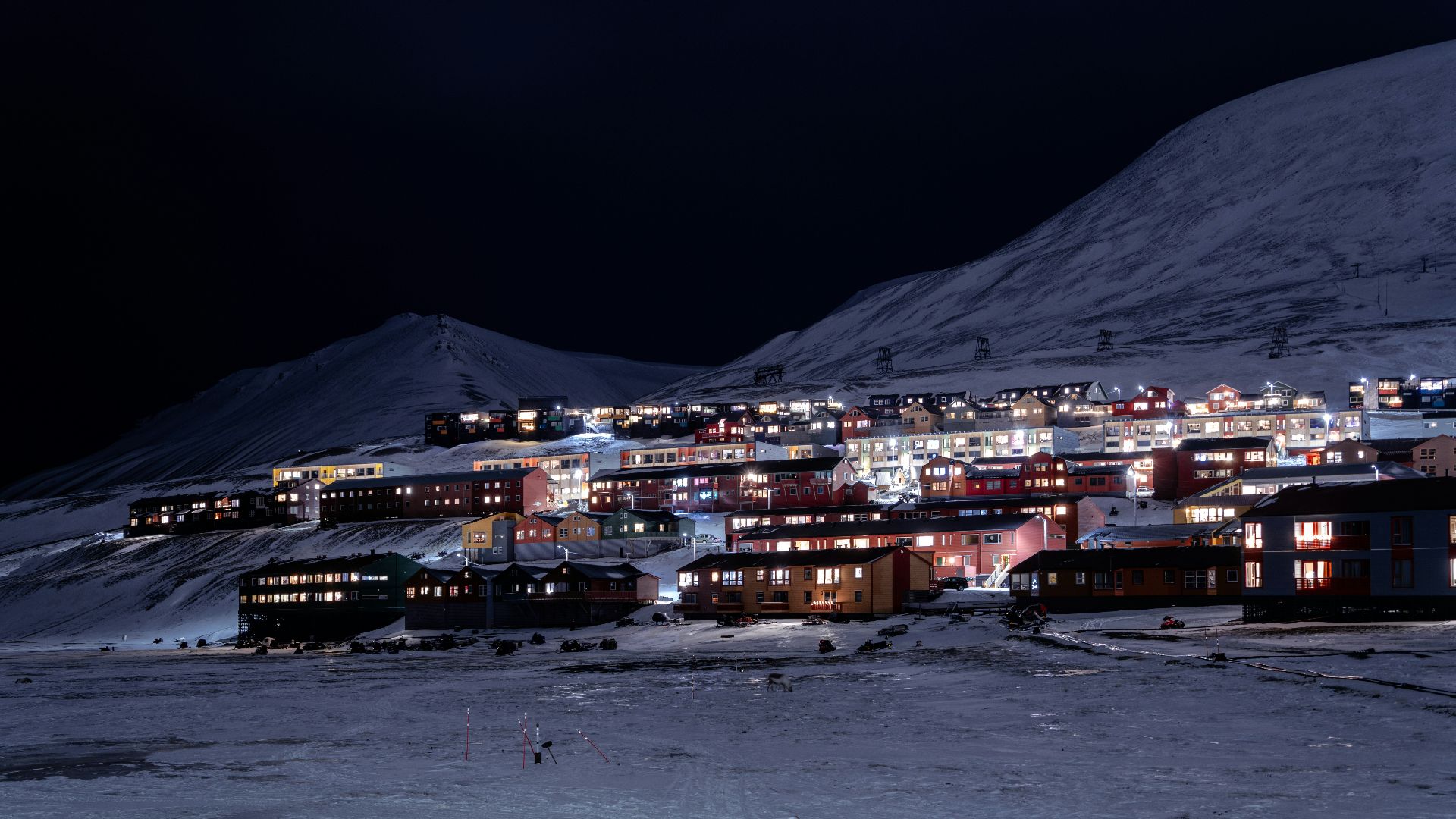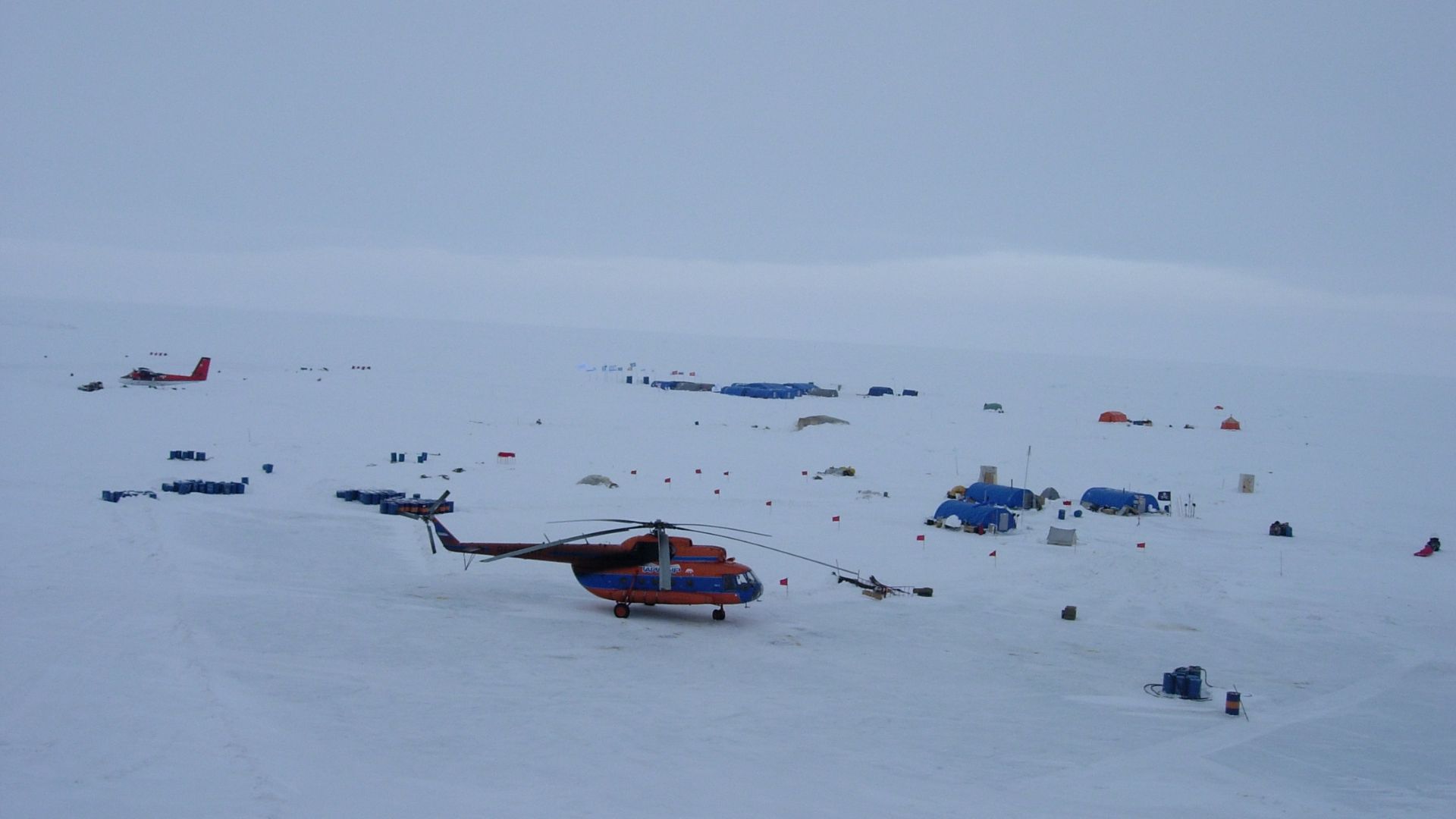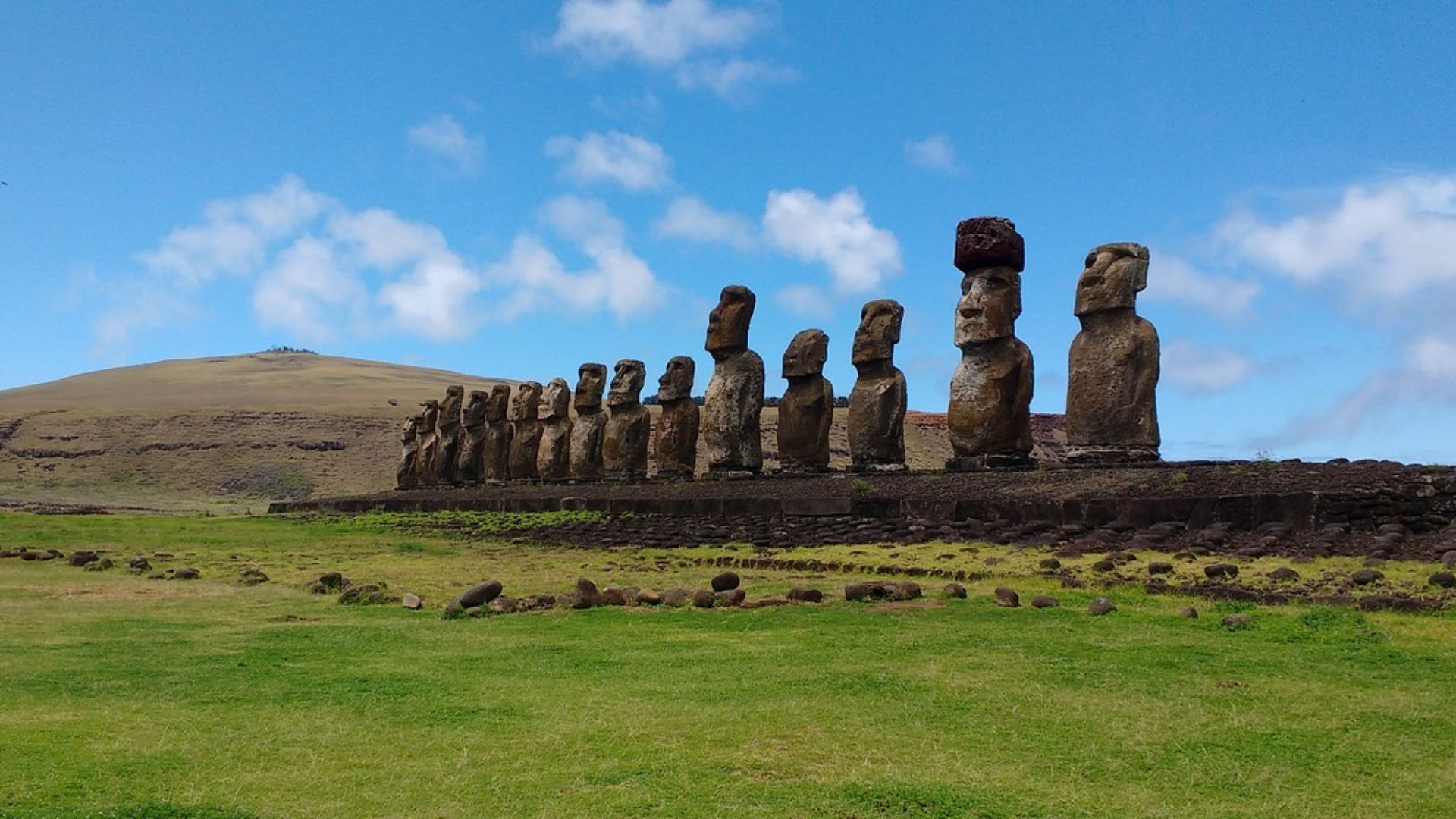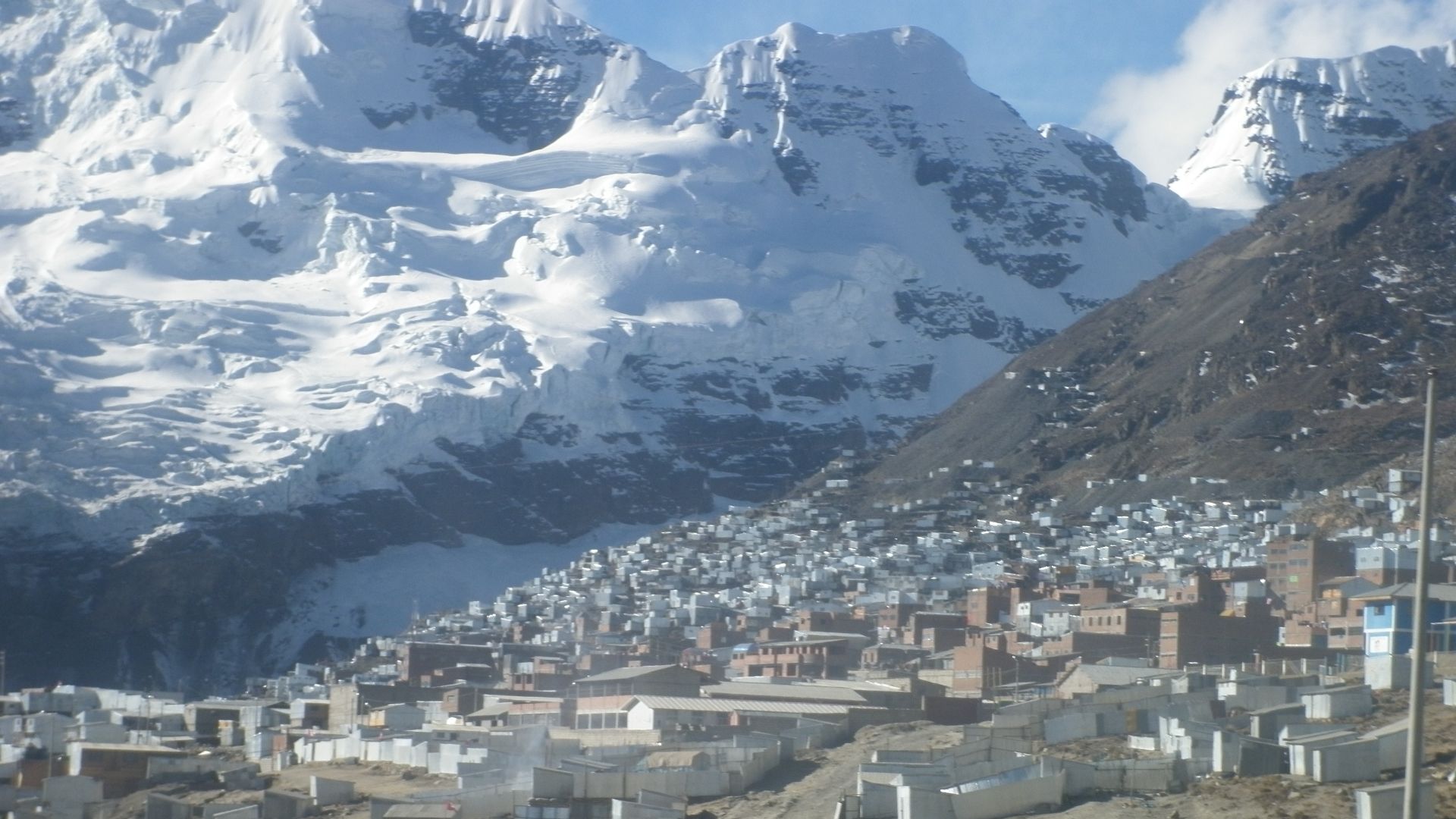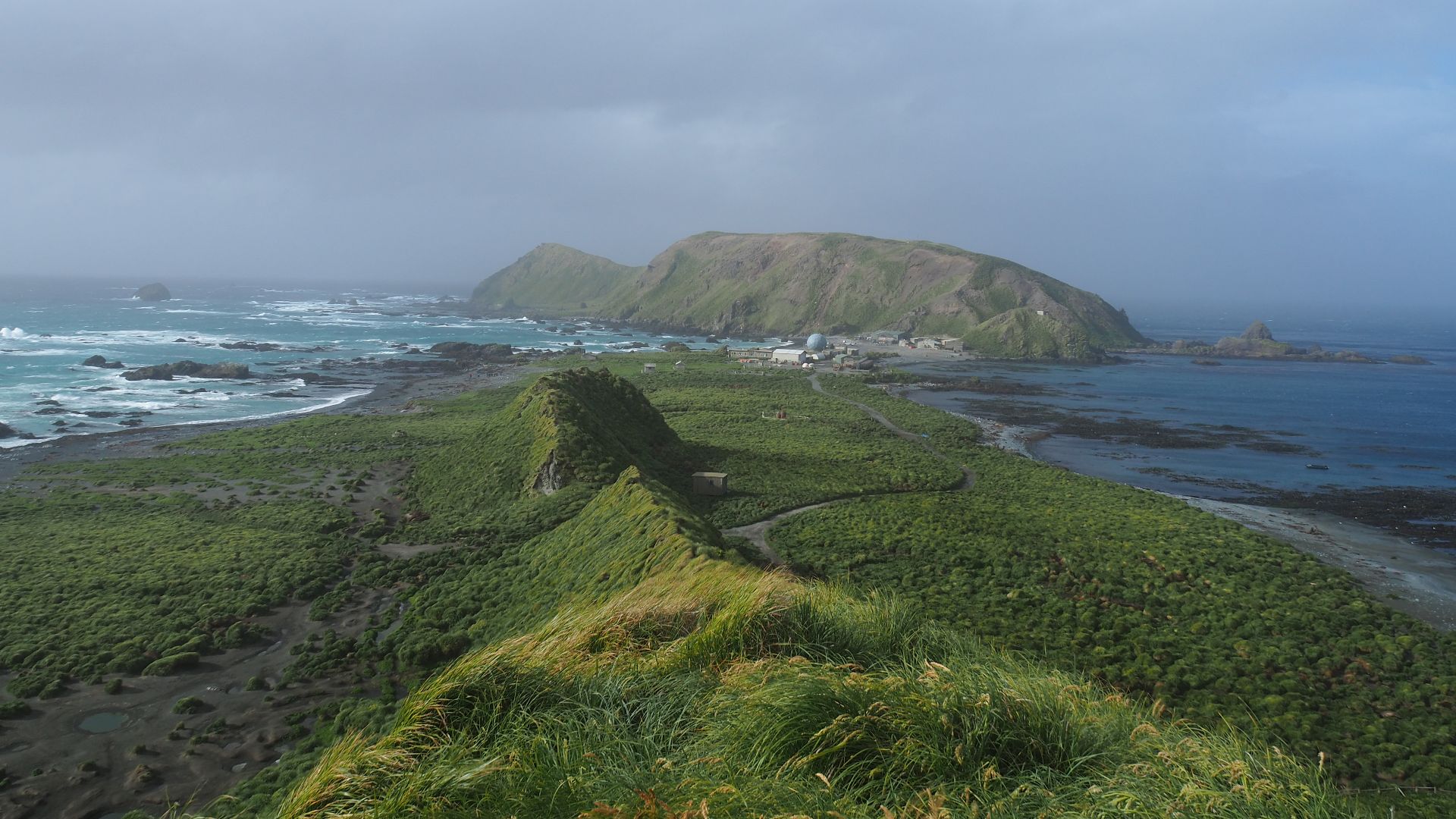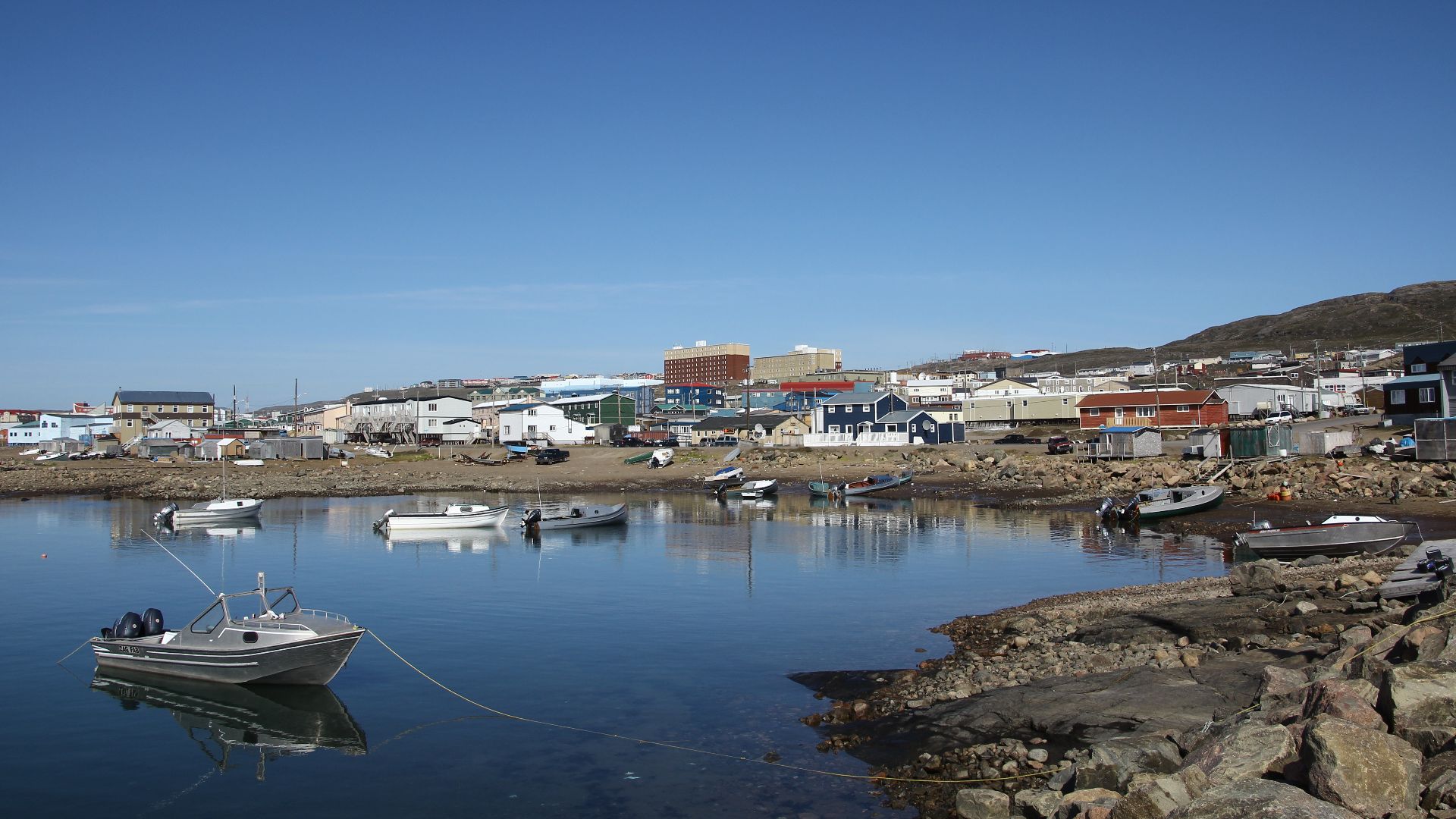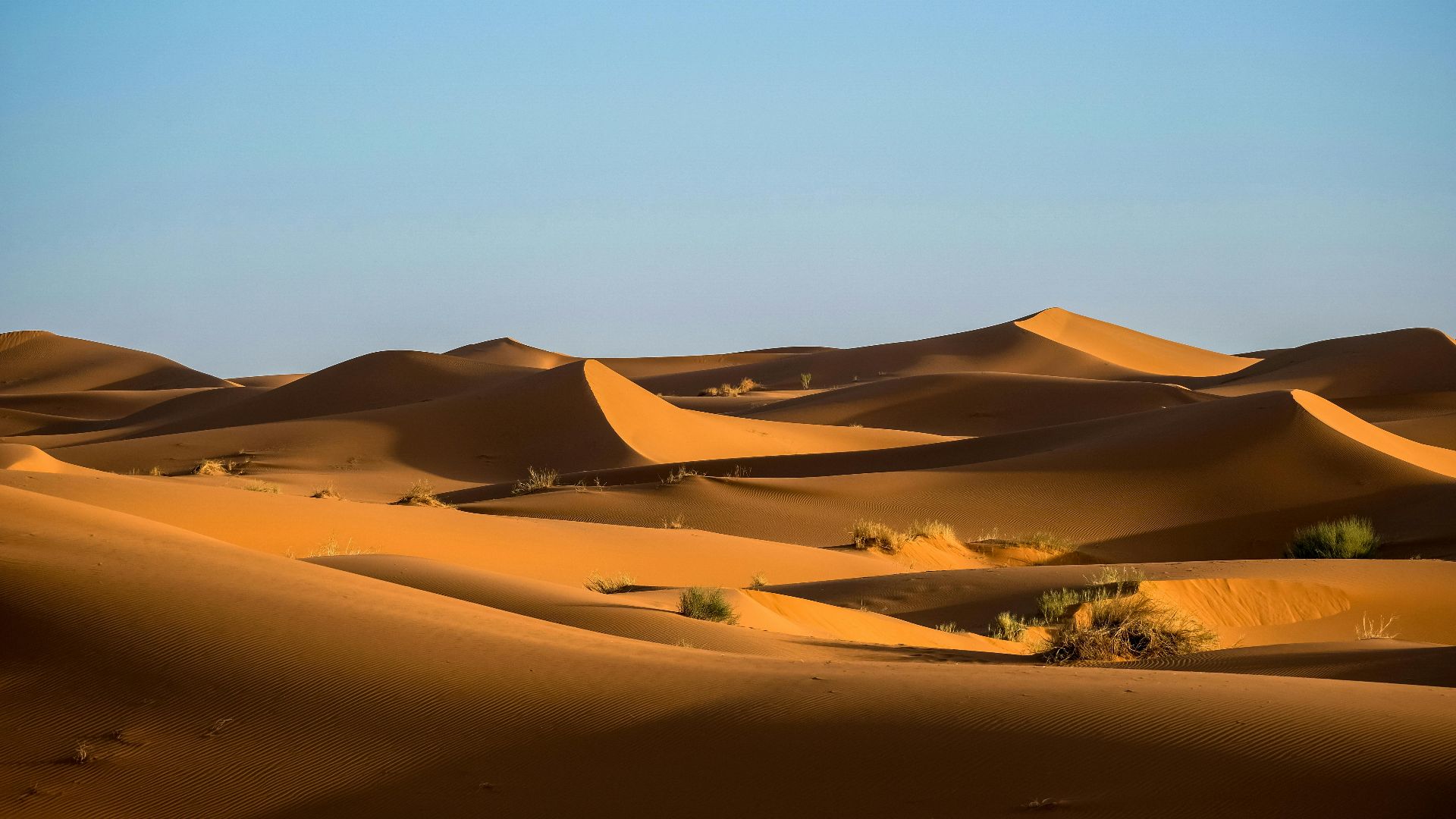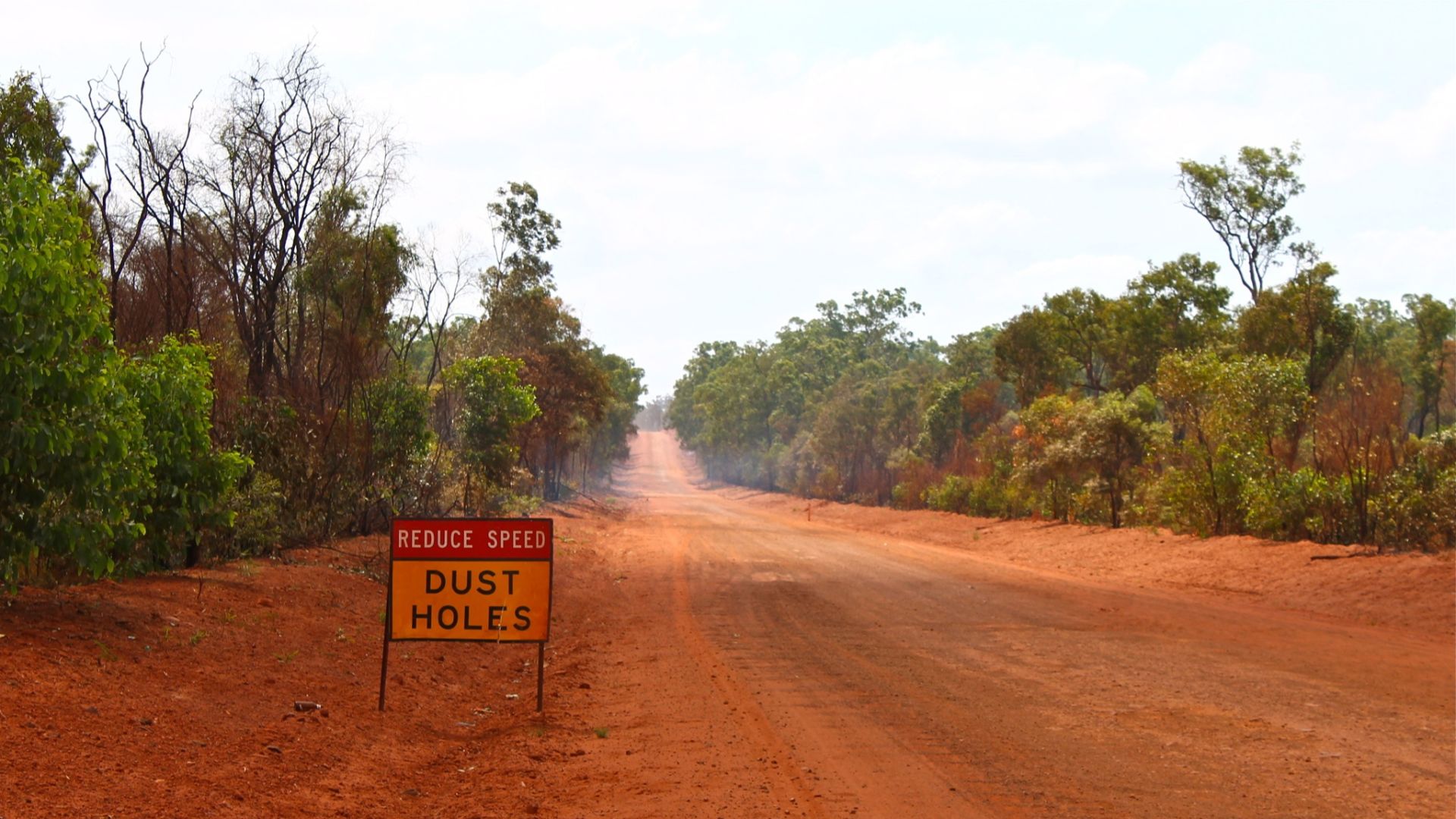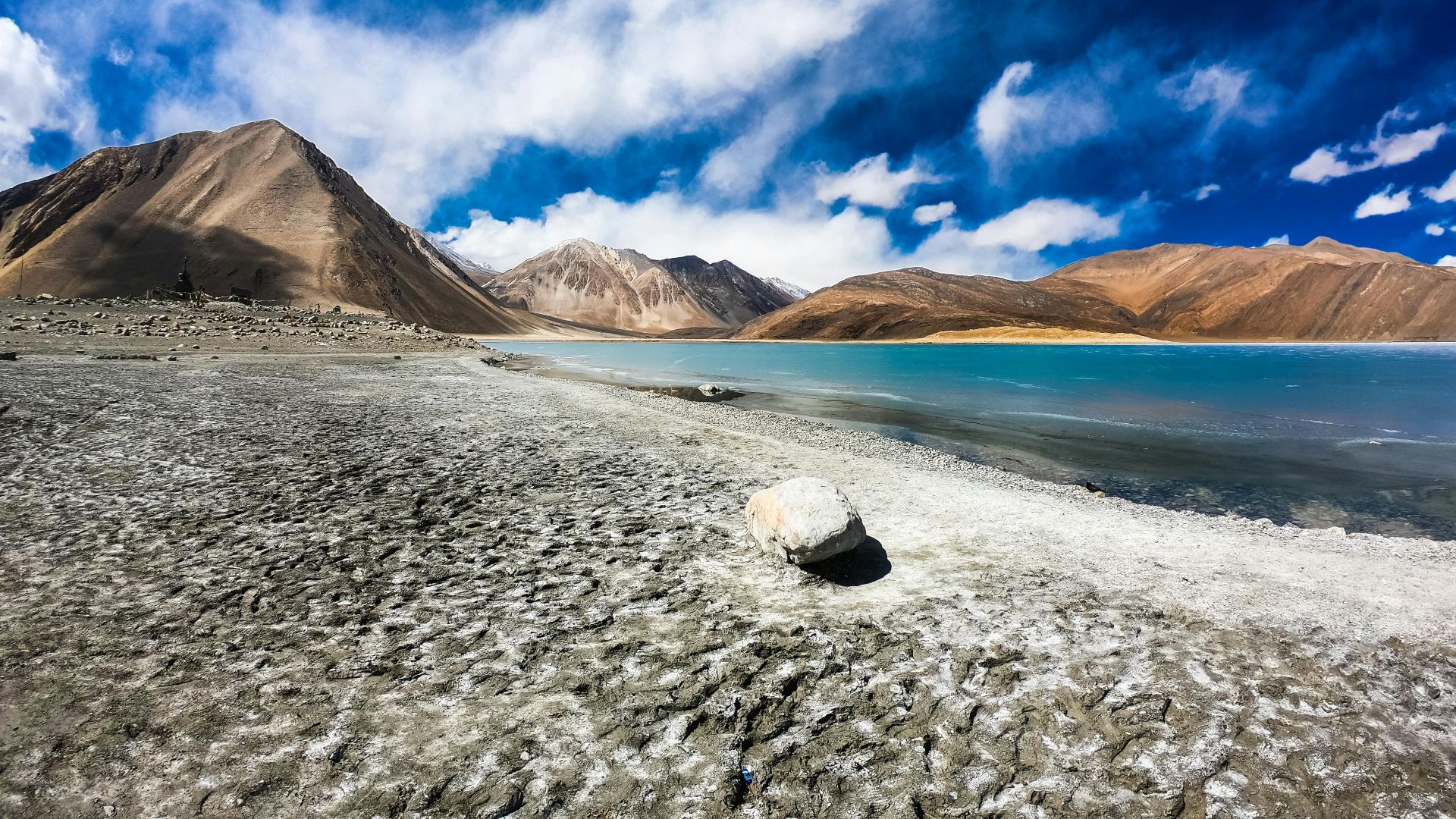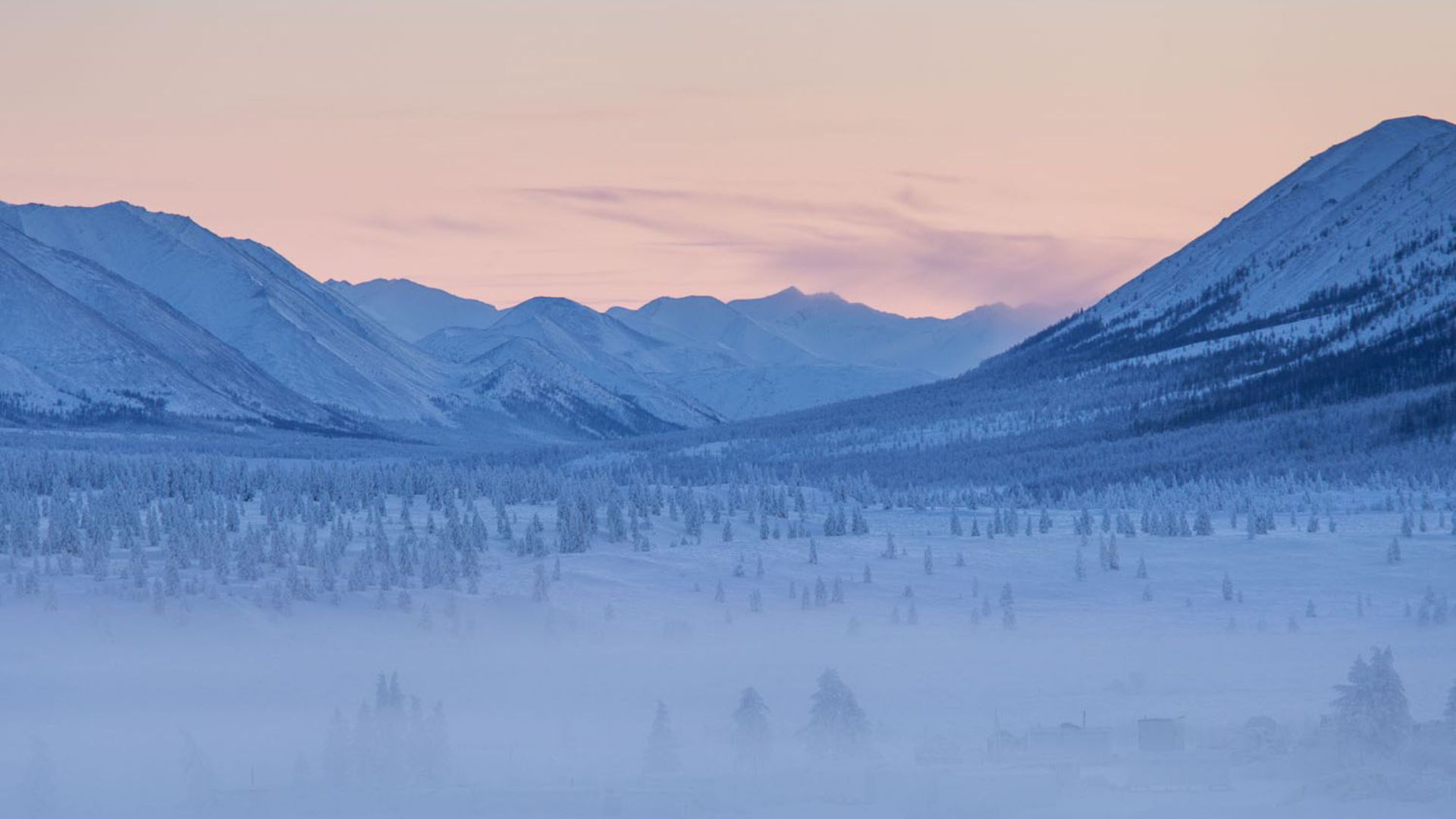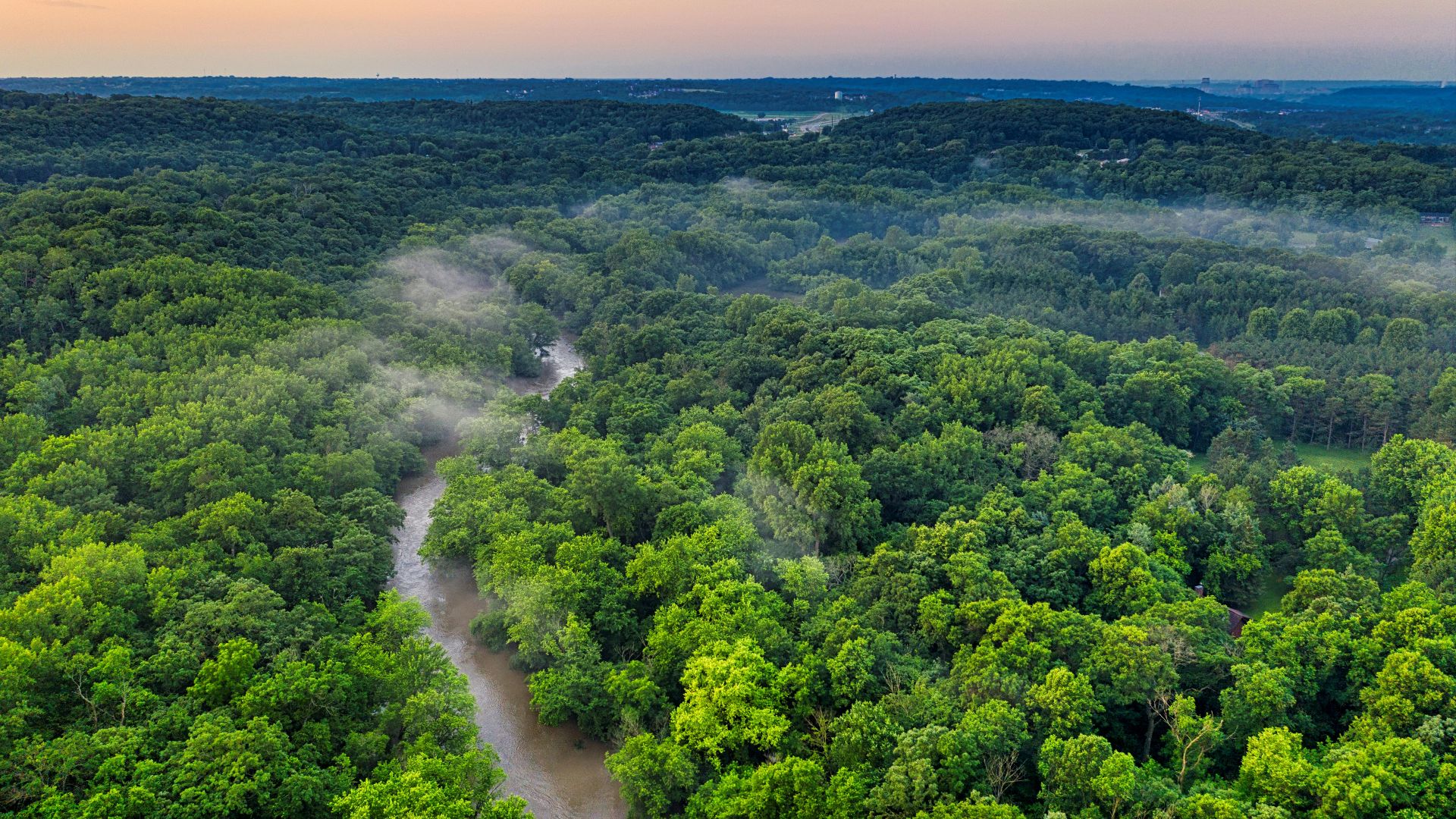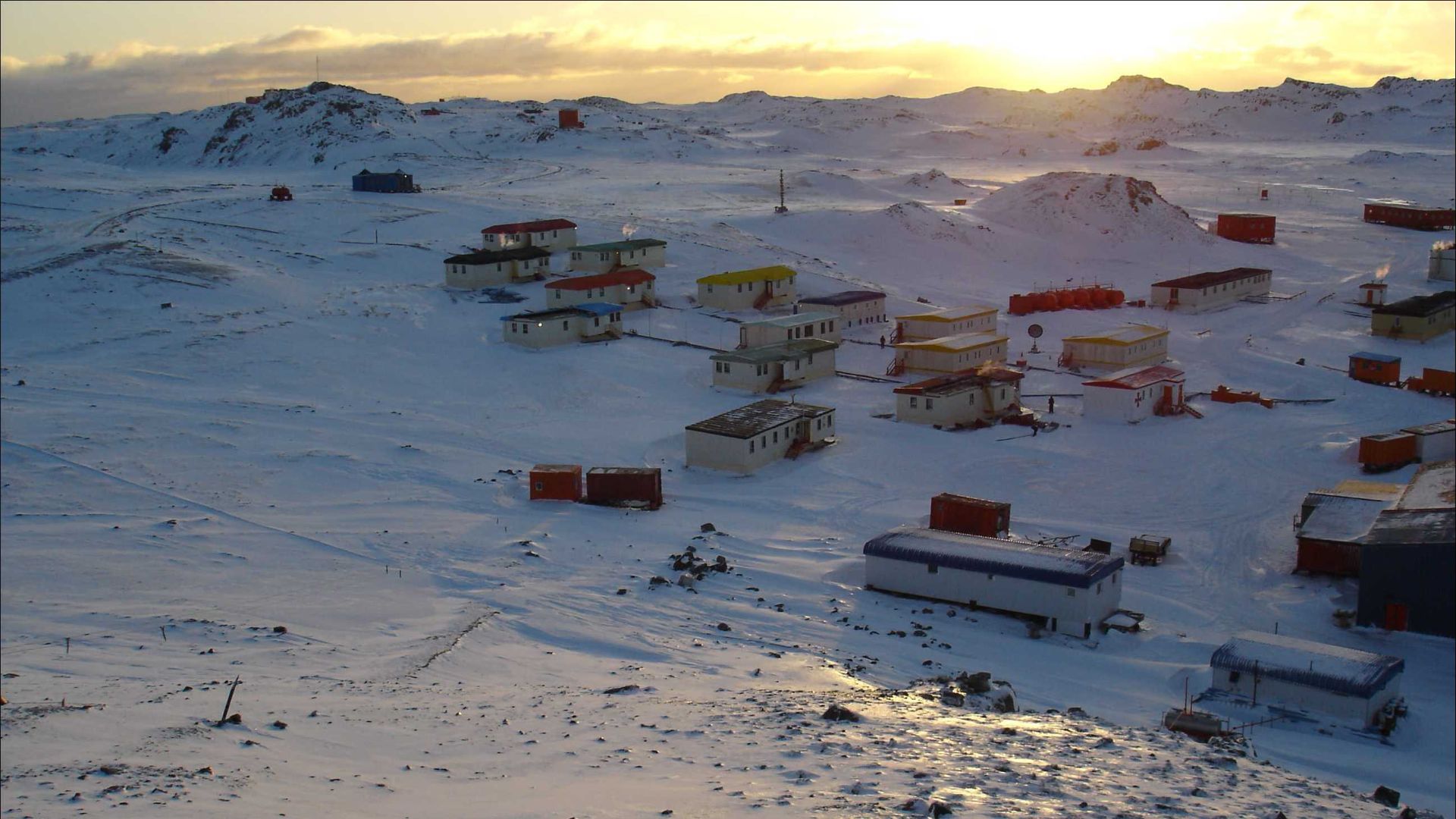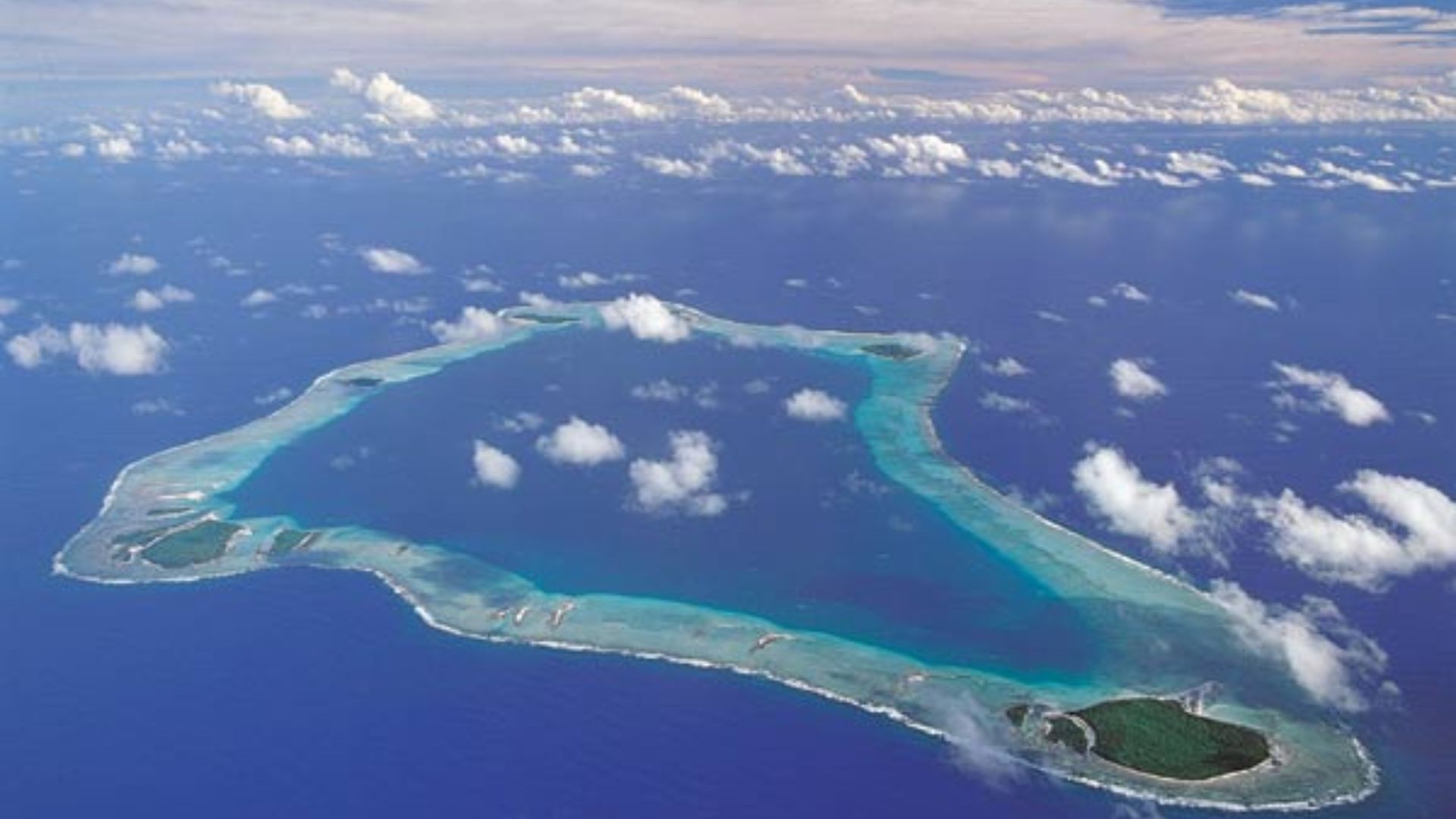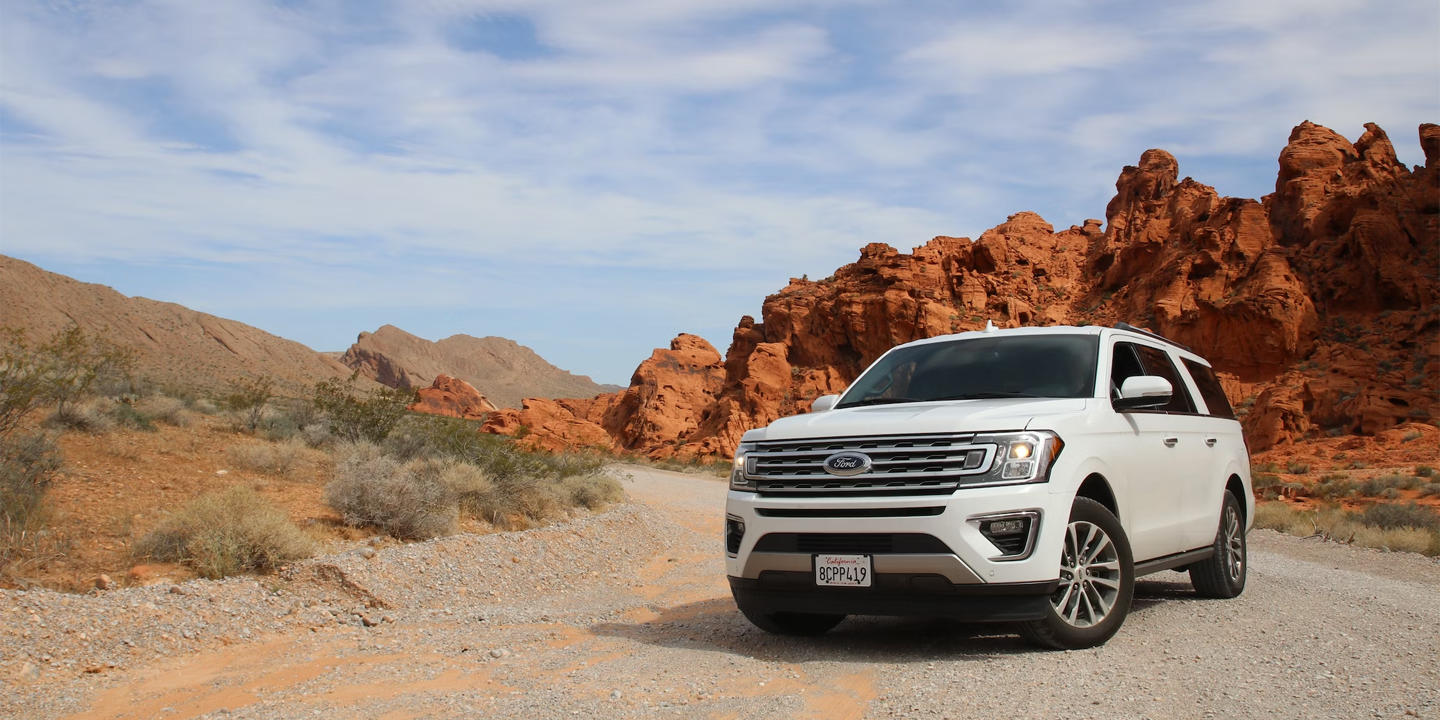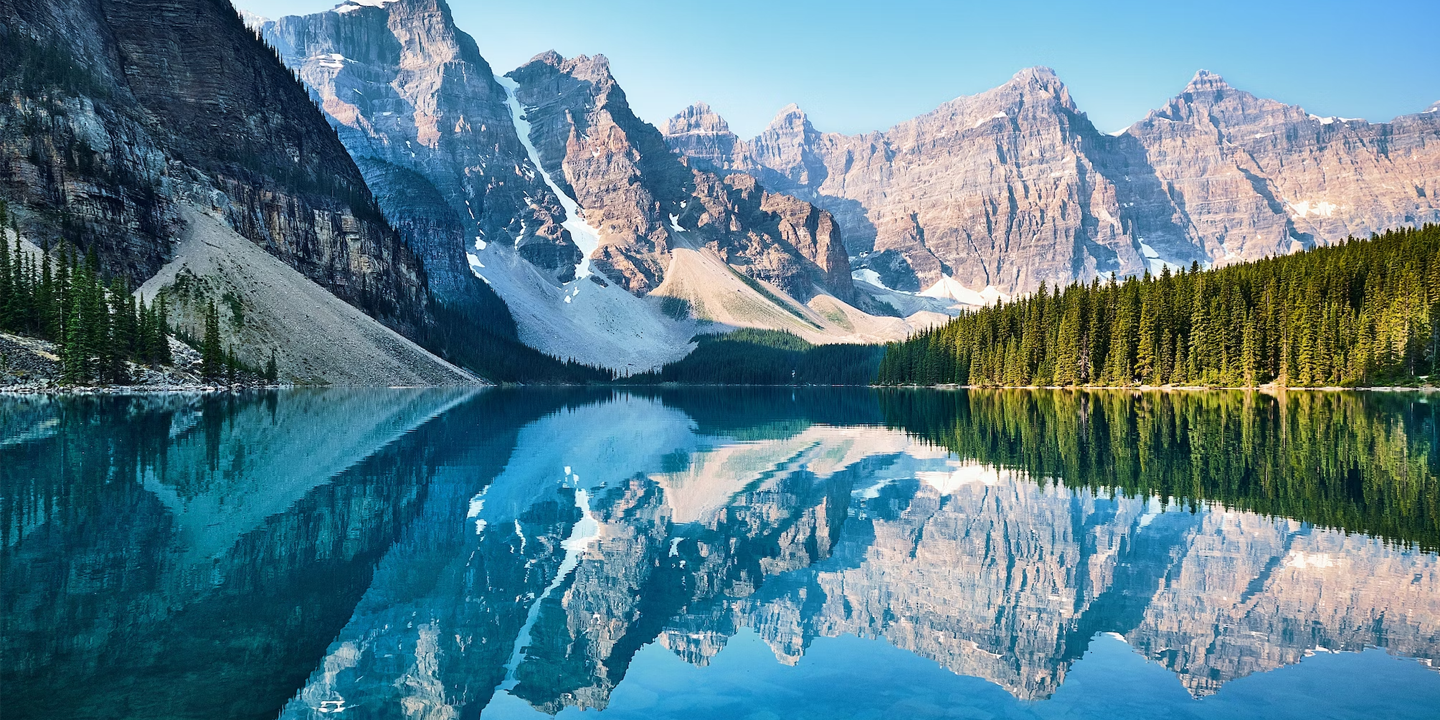Reach The Corners Of The Earth
There are plenty of impossibly far-off destinations, but what are the most remote places you could actually visit? If you hunger for an escape from the pressures of civilization, we've got you covered -- from the South Pacific to Siberia to the North Pole to the island where they exiled Napoleon.
Let's take a look at the world's most isolated destinations that you could actually visit. (Will you visit them? That's up to you!)
30. The Faroe Islands, Denmark
The Faroe Islands are an autonomous community within Denmark. However, this archipelago is located about halfway between Scotland and Iceland. Although the terrain here is rocky, it's not as cold as you might think -- thanks to the gulf stream. As you can see below, the result is a green landscape of mountains and cliffs. It's incredibly photogenic.
Although the Faroe Islands are remote, you can definitely visit if you want to. There's an airport, helicopter service, and the roads are much improved. Just don't forget your camera.
29. Supai, Arizona
Supai is one of the most remote places in the mainland United States. It's the capital of the Havasupai Indian Reservation, and is also completely surrounded by the Grand Canyon National Park. Yes, Supai is a community within the Grand Canyon. Pretty cool, right?
However, there are some major inconveniences. Supai is the only community in America where mail has to be delivered by mail. It's also 8 miles from the nearest road, and is therefore accessible only by foot, mule, horse, or helicopter.
28. St. Helena
Is it any wonder they chose one of the most remote places in the world to exile Napoleon? (Well, after his first exile didn't work out so well...)
St. Helena is smack dab in the middle of the South Atlantic -- about 2,500 miles from Rio de Janeiro and 1,200 miles from the coast of Africa. The island itself is only 10 miles by 5 miles, but it was once an important stop-off for trans-Atlantic shipping.
If you want to visit the place where Napoleon wasted away (or was poisoned), you definitely can. For some reason, St. Helena even has an airport these days.
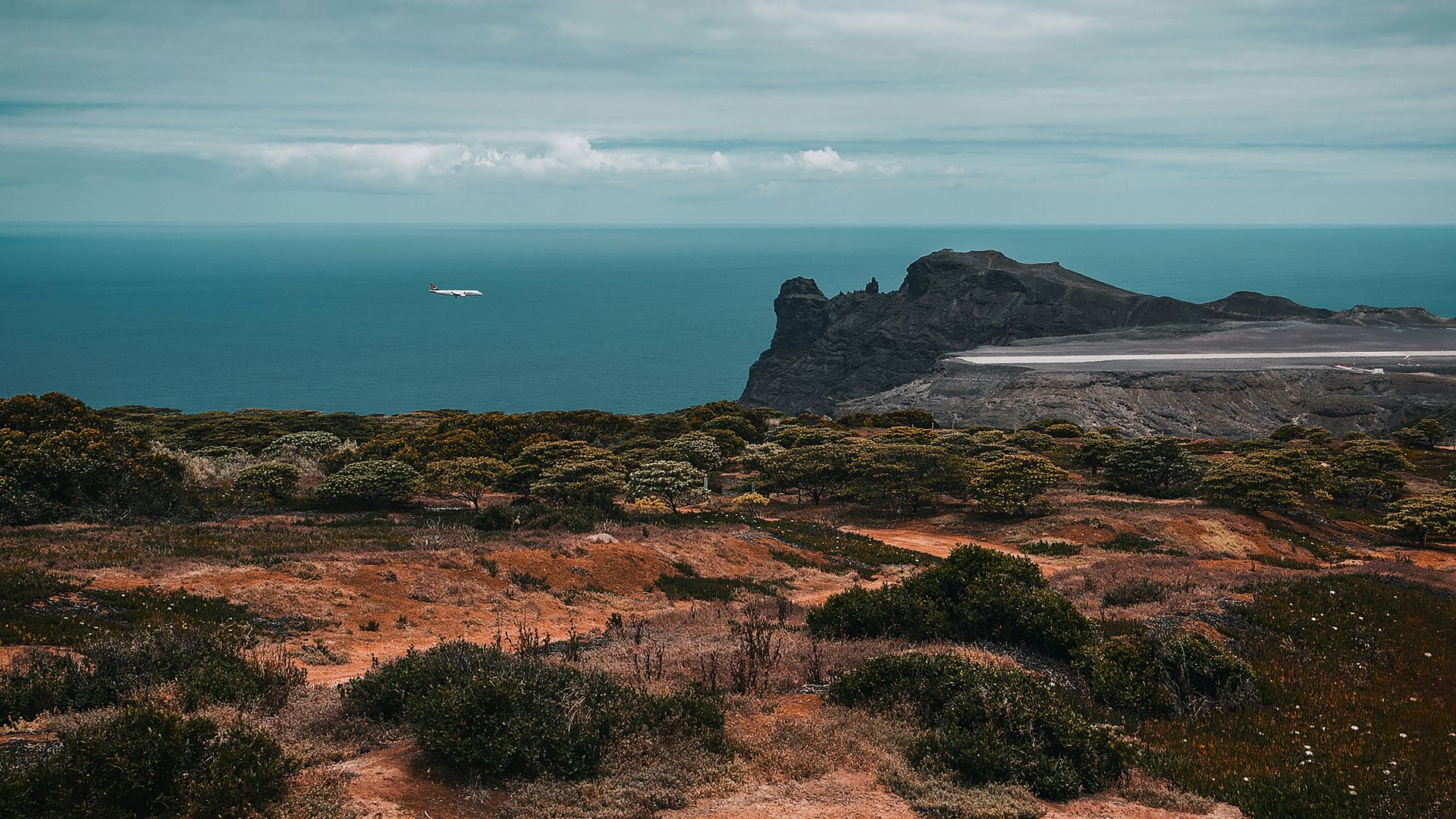 Hector John Periquin on Unsplash
Hector John Periquin on Unsplash
27. Quttinirpaaq National Park, Canada
Quttinirpaaq National Park is enormous and rich in Arctic beauty. Unfortunately, it's located on Ellesmere Island, which is about as north as north goes. There are no facilities, and it can cost as much as $32,000 Canadian to fly in. As a result, very few travelers make it to Quttinirpaaq. Apart from polar bears. There are polar bears.
26. Socotra Island, Yemen
Socotra Island is in the Arabian Sea, surrounded by vital shipping lanes. Yet it still remains one of the most remote places on earth. The best sign of this is the incredible wildlife -- particularly its plants. Many of the species are native only to Socotra, a result of millions of years of evolutionary isolation. The dragon's blood trees are perhaps the most striking example. Due to its unique flora and fauna, some have called Socotra the most alien-looking place in the world.
While you could visit now, it might be better to await the end of Saudi Arabia's disastrous war against Yemen.
25. Urique, Copper Canyon, Mexico
Urique is a former mining town located in the Copper Canyon region of Mexico. You'll find it (if you find it) at the bottom of the Barranca de Urique canyon, which is over 6,000 feet deep. This, of course, is the reason Urique is so remote. You'll have to hike down into the canyon, braving hairpin turns and precipitous drops. The town itself has just over 1,000 residents.
24. Coober Pedy, Australia
Coober Pedy lies about 526 miles north of Adelaide in South Australia. It's certainly isolated, but also fascinating enough to warrant a visit. For one thing, there are many subterranean residences in this town of 1,762. (Locals call them 'dugouts.') Also, Coober Pedy is the source of most of the world's opals. So if you're a fan of gemstones, this is definitely a worthwhile stop.
23. Siwa Oasis, Egypt
Siwa is both an oasis and a city. With more than 30,000 residents, it's quite populous by the standards of the world's most remote places. As the name suggests, the town grew up around an oasis that lies between the Qattara Depression and the Great Sand Sea, about 350 miles west of Cairo.
As a result of this isolation, the locals have their own dialects and customs that are totally unique. There's also an ancient oracle here that makes it a popular destination for more adventurous tourists.
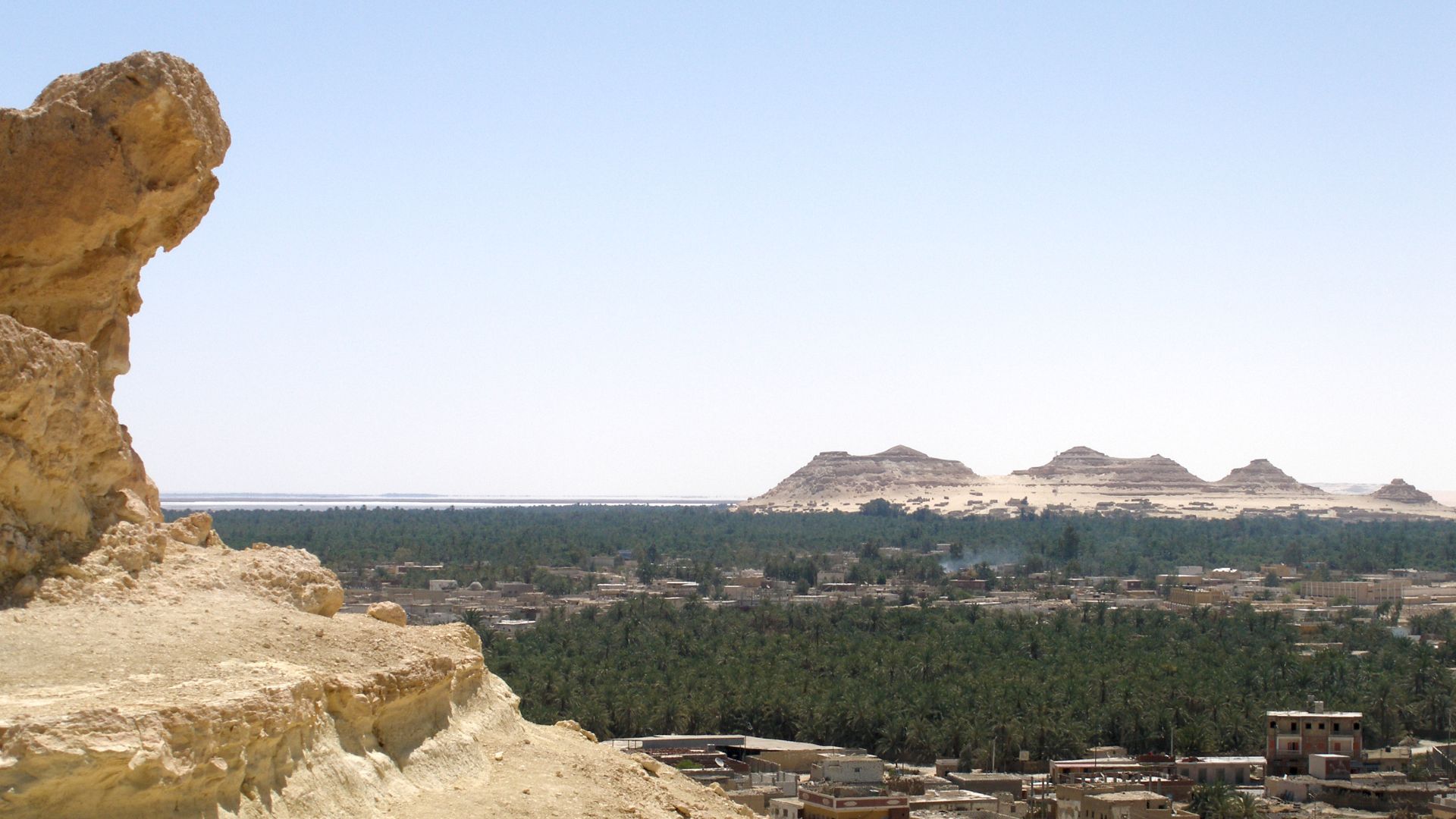 Vyacheslav Argenberg on Wikimedia
Vyacheslav Argenberg on Wikimedia
22. Ittoqqortoormiit, Greenland
Greenland in general is remote. But Ittoqqortoormiit takes the cake, having been christened "the remotest settlement in the western hemisphere." You can fly in or come by boat (probably the easiest way to visit Greenland). But either way, you'll find yourself in the sparsely populated northeast of a vast wilderness. While there are few amenities in this village of 500, there is natural beauty beyond compare.
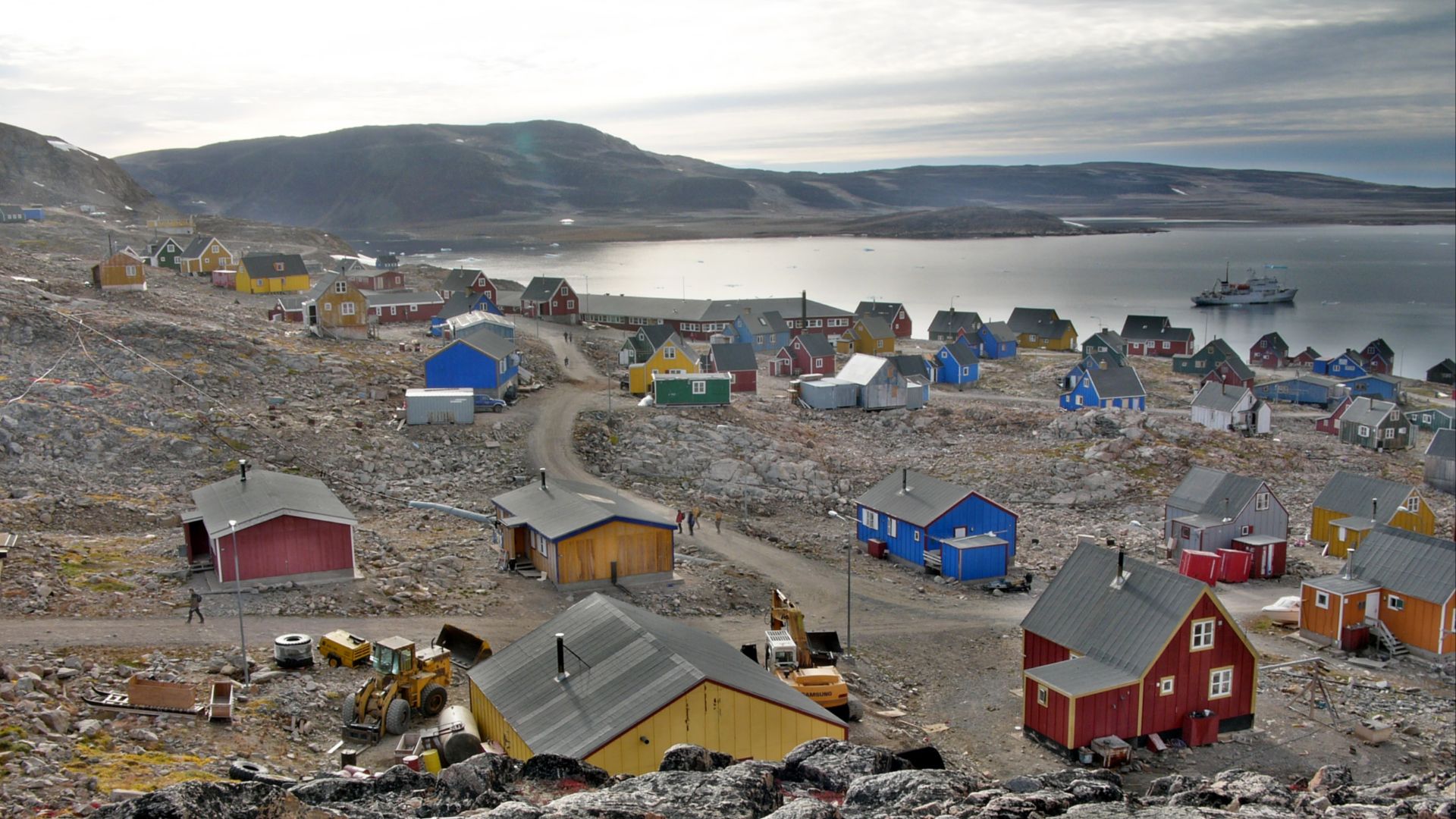 Hannes Grobe, AWI on Wikimedia
Hannes Grobe, AWI on Wikimedia
21. The Door To Hell, Turkmenistan
Turkmenistan is surely one of the most remote places in the world all on its own. As the most mysterious of the Central Asian former Soviet Republics, Turkmenistan is most famous for its crazy former dictator who peppered the country with statues of himself and tried to build an ice palace in the middle of a desert.
But another famous point is 'the door to hell.' It's a collapsed crater of natural gas. In 1971, local authorities intentionally set it on fire. It has been burning ever since. As you can imagine, the resulting effect is particularly powerful at night.
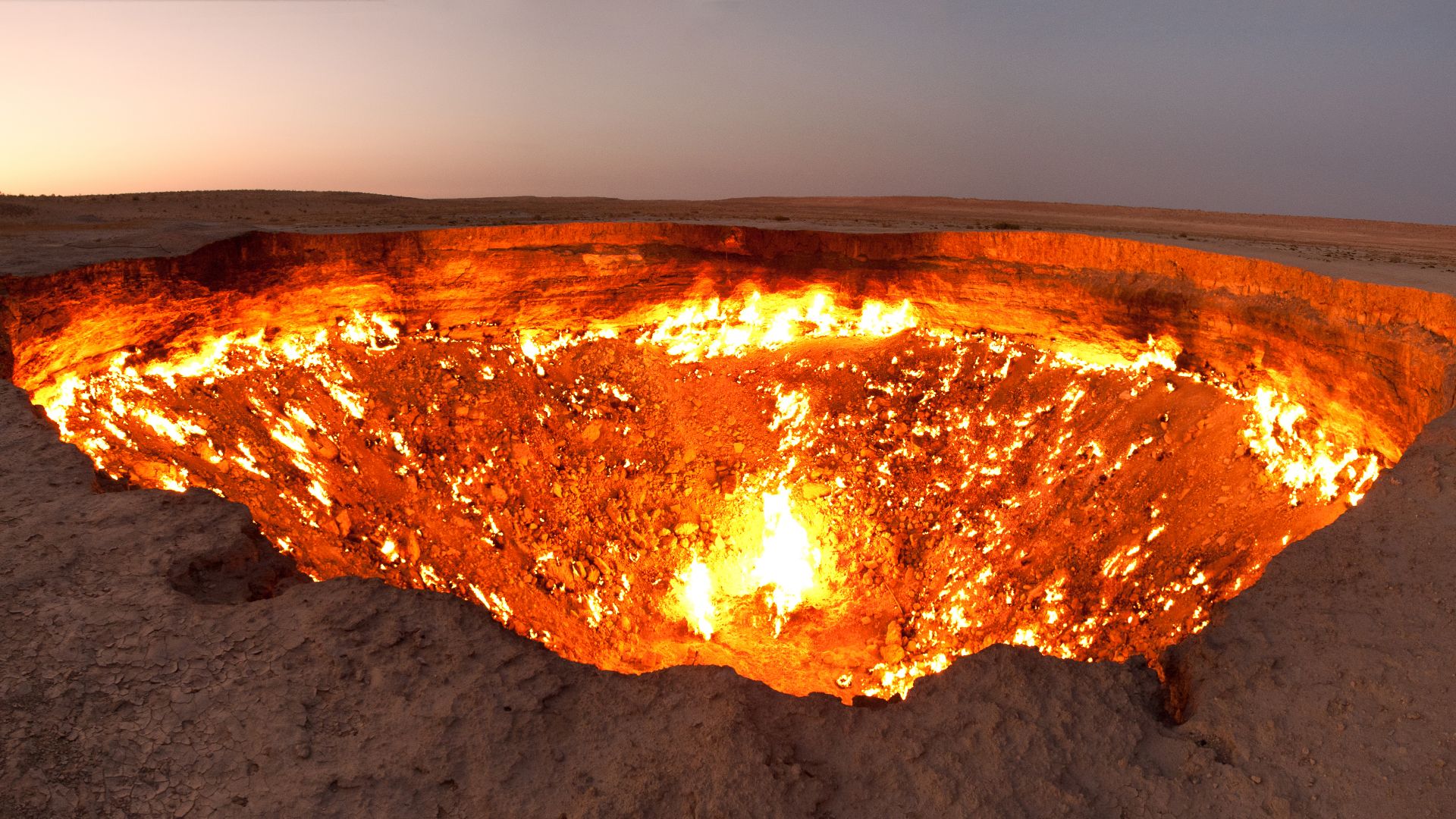 Tormod Sandtorv (original picture)
Hellbus (derived work) on Wikimedia
Tormod Sandtorv (original picture)
Hellbus (derived work) on Wikimedia
20. Erta Ale, Ethiopia
Erta Ale is a shield volcano in the aptly named Afar region of Ethiopia. The volcano is surrounded by badlands and volcanically active bubbling pools. The area also has one of the hottest climates in the world, with averages ranging from 82 to more than 120°F. Throw in a good deal of sectarian violence, and you have an extremely inhospitable destination that you could -- but probably shouldn't -- visit.
19. Kamchatka, Siberia
Fans of the board game Risk will recognize this one. Kamchatka is a huge peninsula in the far east of Russia. More than half of the population (320,000 or so) live in just two cities. Almost all the rest is untamed wilderness, punctuated by breathtaking volcanic peaks like the one pictured below.
It is a convenient staging ground for an invasion of Alaska, however. (Seriously, does anyone want to play Risk right now?)
18. Longyearbyen, Norway
Longyearbyen is the capital of the Svalbard islands, which lie about halfway between Norway and the north pole. The result is one of the most remote places imaginable. Formerly a coal mining hub, the main focus in Longyearbyen is now tourism and scientific research. This is about as far north as you can go with relative comfort and convenience.
17. Camp Barneo
If you want to go even farther north, consider Camp Barneo, a temporary ice base established by the Russians -- typically in April. You'll be able to get fairy close to the north pole, but as it's only a temporary settlement, you will definitely be roughing it. The only way to access Barneo is via Longyearbyen, so you'll be able to tick off two of the destinations on this list for the price of one.
16. Utqiaġvik (Barrow), Alaska
The city of Utqiaġvik (population: 4,488) is located on the very northern edge of Alaska. The Iñupiat Inuit people have lived here for at least 1,500 years, making it one of the oldest settlements in the United States. Utqiaġvik is accessible by air and also by boat -- when the water isn't frozen over that is. However, no roads connect the city to the outside world.
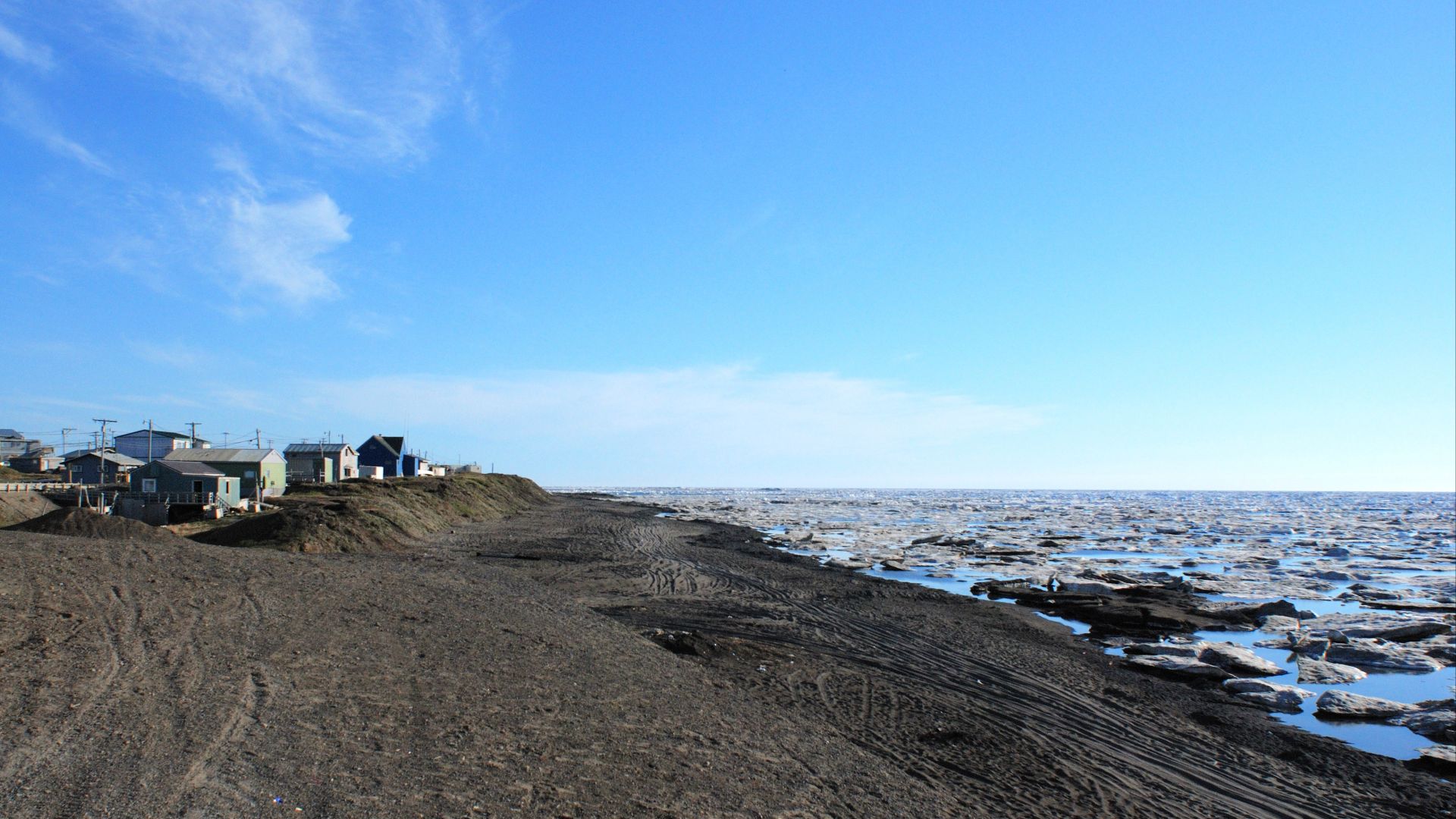 Andrei from New York City/Juneau, U.S.A. on Wikimedia
Andrei from New York City/Juneau, U.S.A. on Wikimedia
15. Easter Island, Chile
In addition to being one of the most remote places on earth, Easter Island is also one of the most mysterious. Located more than 2,100 miles off the coast of Chile, Easter Island is most famous for its moai, carved stone heads that were created sometime between the 13th and 16th centuries.
It's possible to visit, but Easter Island is truly in the middle of nowhere -- more than 1,200 miles from the nearest inhabited island.
14. La Rinconada, Peru
The city of La Rinconada in Peru is the highest permanent settlement in the world at 16,700 feet (3.2 miles) above sea level. The city was originally a small camp attached to a nearby goldmine, but its population exploded in the 2000s as the price of gold spiked.
13. Macquarie Island, Australia
Macquarie Island is about halfway between New Zealand and Antarctica. Apart from some scientists, the most famous residents are thousands of penguins. The island has been recognized as a UNESCO World Heritage Site because it's the only place on dry land where rock from the mantle is exposed.
12. Iqaluit, Nunavut, Canada
The capital of the Canadian territory of Nunavut, Iqaluit is also its only city. It's on Baffin Island, an enormous and mostly empty isle to the north of Quebec. Perhaps Iqaluit's most famous attraction is the Road to Nowhere. It's exactly what it sounds like: a road leading out of Iqaluit that ends... somewhere, off in the wilderness.
11. The Empty Quarter, Saudi Arabia
The Empty Quarter covers almost a third of the Arabian peninsula, 250,000 square miles. It encompasses the southern portion of Saudi Arabia, leading into Yemen and Oman. As the name suggests, this is uninterrupted desert. Believe it or not, there are incredible people who live here, as their ancestors have for millennia.
Now that Saudi Arabia is welcoming mass tourism for the first time, you can visit if you like. Wouldn't skimp on the water and sunscreen, though.
10. Cape York Peninsula, Australia
Cape York is a huge peninsula in North Queensland. It's largely flat woodlands and plains, and remains the most undisturbed and remote area of Australia. The peninsula covers 111,508 square miles, but there are only two actual roads. So... yeah, that makes it very difficult to visit in anything approaching an organized fashion.
9. Mêdog, Tibet
Until recently, Mêdog in Tibet was completely inaccessible by road. Back in those days, it was a four-day trek on foot just to reach this pristine county of 12,000. Now things are a little bit easier, but Mêdog remains one of the most remote places in one of the most remote countries on earth. Maybe that's for the best, lest tourists interfere with the locals' traditional way of life.
8. Oymyakon, Siberia
Oymyakon isn't just one of the most remote places in Russia; it's one of the coldest permanently settled communities in the world. During the winter months, it's not uncommon for average temperatures to dip below -58 °F (-50°C).
7. Concordia, Pakistan
Concordia is the name given to the meeting place of two glaciers near the famous mountain K2 in the Karakoram range of Pakistan. It's a popular rout to take for those seeking to trek their way to the foot of the great mountain, but getting there takes some serious endurance and commitment. Concordia itself is more than 15,000 feet above sea level.
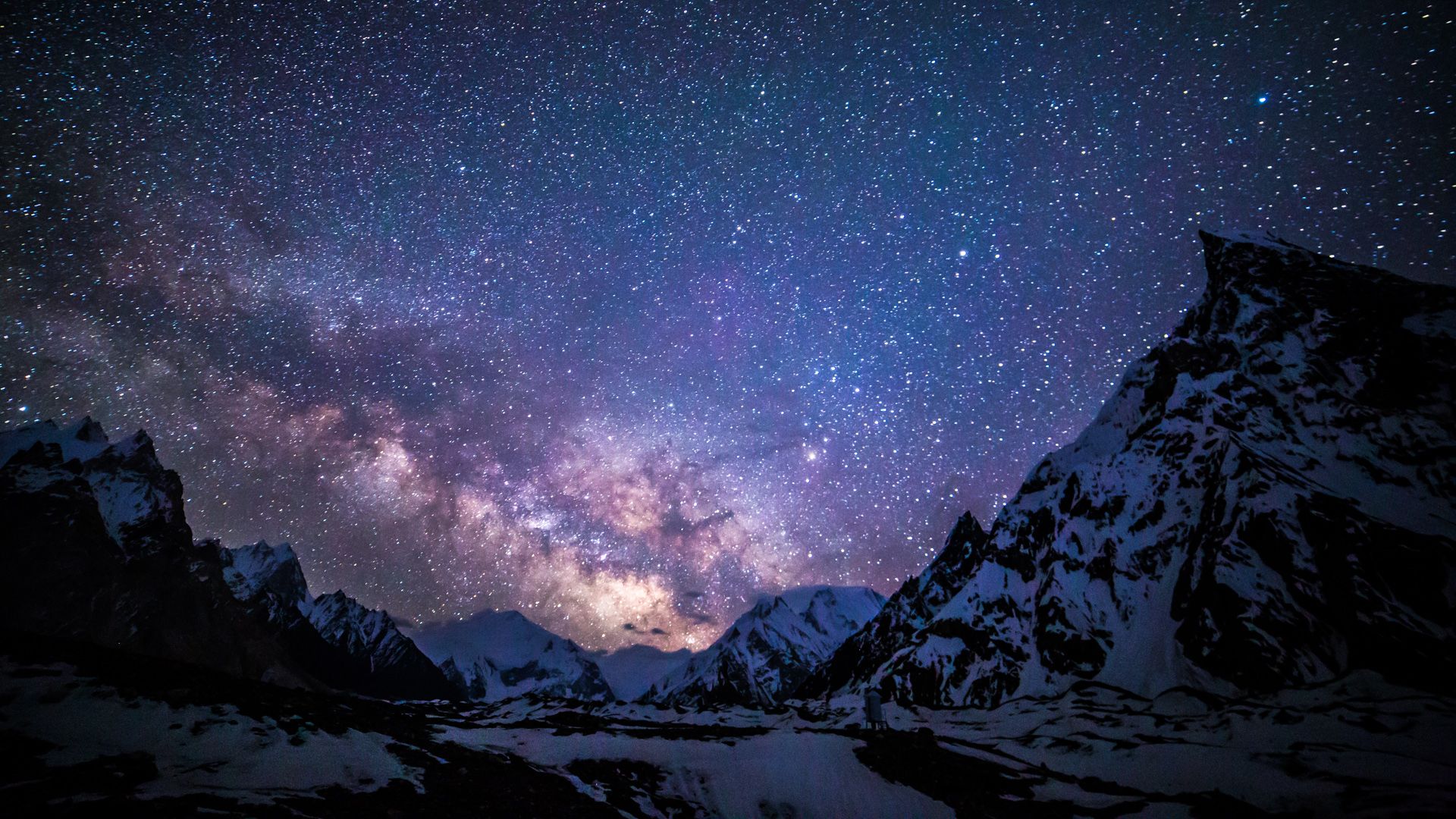 Anne Dirkse (www.annedirkse.com) on Wikimedia
Anne Dirkse (www.annedirkse.com) on Wikimedia
6. Changtang, Tibet
The Changtang is a high plateau region of Tibet, extending nearly 1,000 miles -- from India to mainland China. There is practically no modern infrastructure, so you'd best be able to walk wherever it is you plan to go. The climate is also poor, and there are almost no permanent settlements. The inhabitants are nomadic; indeed, this is one of the few places left on earth where nomads still dominate.
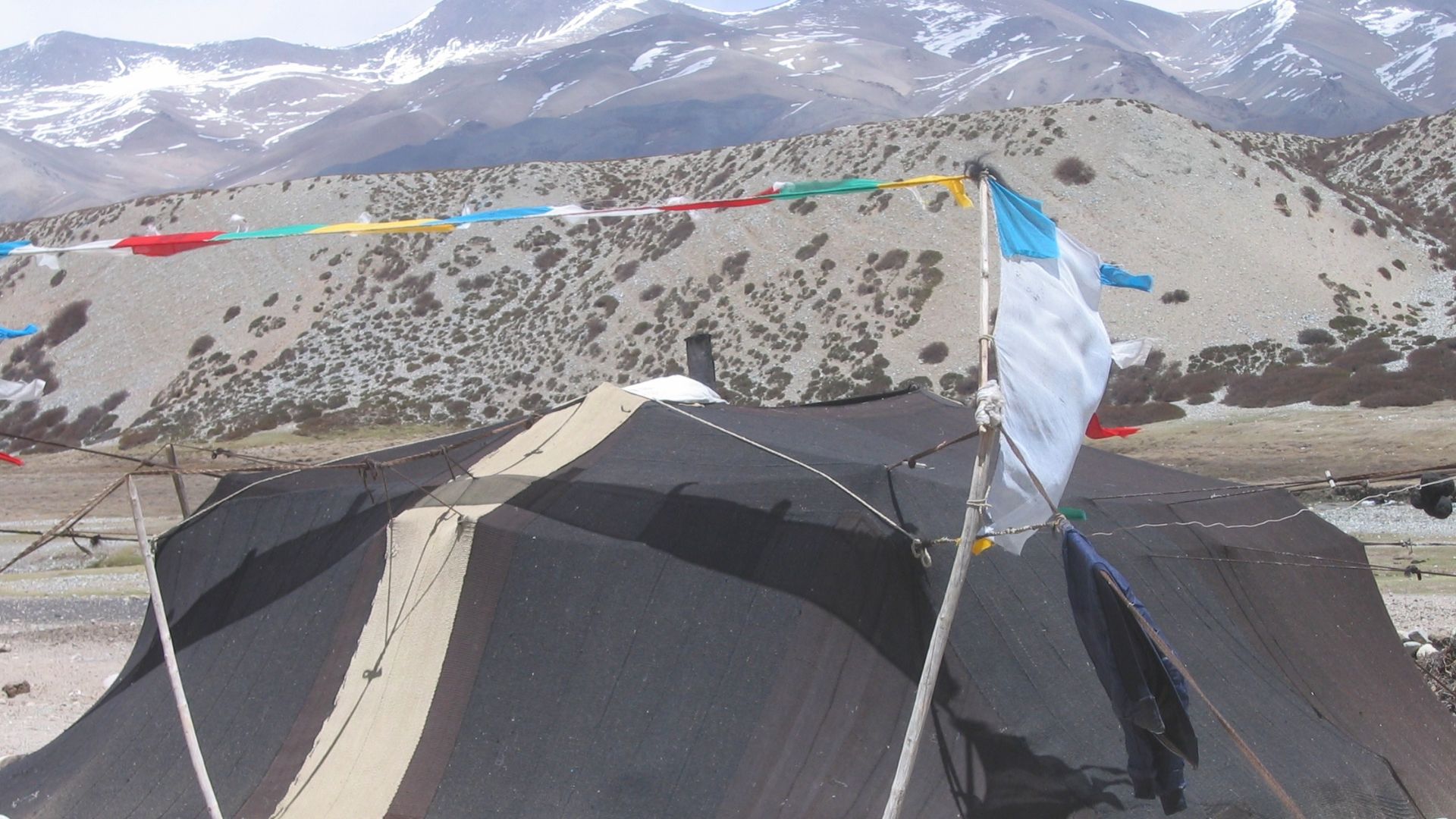 6-A04-W96-K38-S41-V38 on Wikimedia
6-A04-W96-K38-S41-V38 on Wikimedia
5. Vale do Javari, Brazil
From inhospitable steppe to lush Amazonian jungle. Vale do Javari in the extreme west of Brazil is so mysterious and inaccessible that previously uncontacted tribes have still been discovered there relatively recently. The only way in or out (apart from extremely expensive and limited helicopter travel) is by boat. We literally know more about the surface of the moon than we do about huge swaths of the Amazon rainforest.
4. Tristan da Cunha, South Atlantic Ocean
Remember earlier, when we talked about St. Helena? Tristan da Cunha makes St. Helena look like Manhattan. This is the most remote inhabited island in the world. Tristan da Cunha is in the South Atlantic, 1,500 miles from the coast of Africa and more than 2,000 miles from the Falklands. If you're searching for peace and quiet... this might just be your idea of paradise.
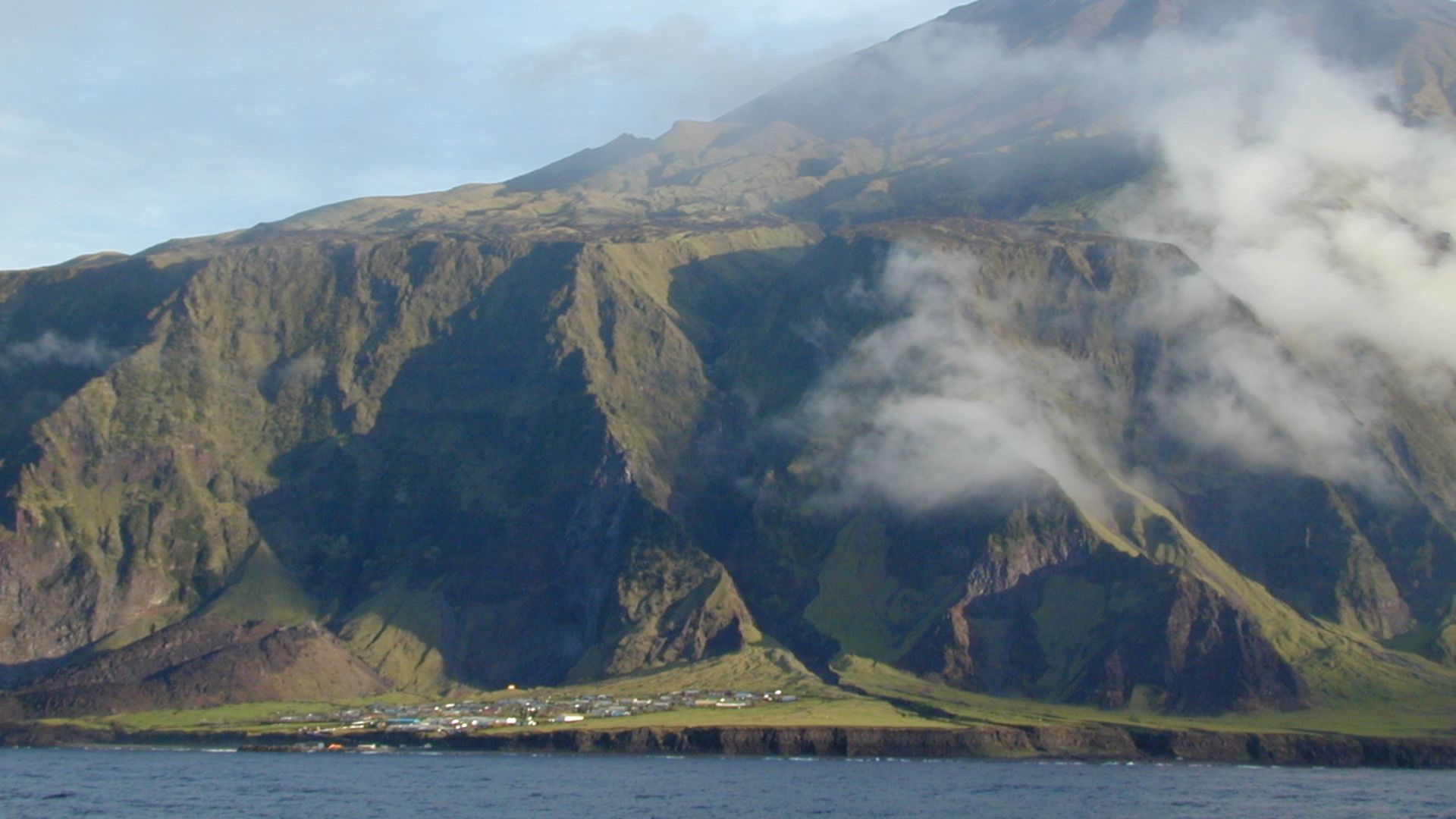 The Official CTBTO Photostream on Wikimedia
The Official CTBTO Photostream on Wikimedia
3. Villa Las Estrellas, Antarctica
Chile actually established this civilian settlement in Antarctica, on part of the continent they claim for themselves. (That claim is disputed.) As many as 120 people live here at any given time, and it's one of only two permanent civilian settlements in Antarctica. We're sure it's nice to visit, but... why anyone would fight over the place is beyond us.
2. Palmerston Island, Cook Islands
People say Tahiti is remote. But to reach Palmerston Island, it's an 8-day journey from Tahiti. Just to put things in perspective. If you want to visit, you'll have to come on one of the view boats that passes through. Moreover, Palmerston Island is isolated in terms of communications; there are only two telephones, and the internet only works part of the time.
Basically, if you'd like to re-enact Castaway, this is the South Pacific atoll you're looking for.
1. Alert, Nunavut, Canada
Finally, we come to the northernmost permanent settlement in the world: Alert. Located at the tippy-top of Ellesmere Island, Alert is a military/civilian installation that was originally used to protect the Arctic during the Cold War. These days, it's mostly used for training and weather studies. There's basically no way to visit unless you're invited by the Canadian Army or you really want to dogsled thousands of miles all by yourself.
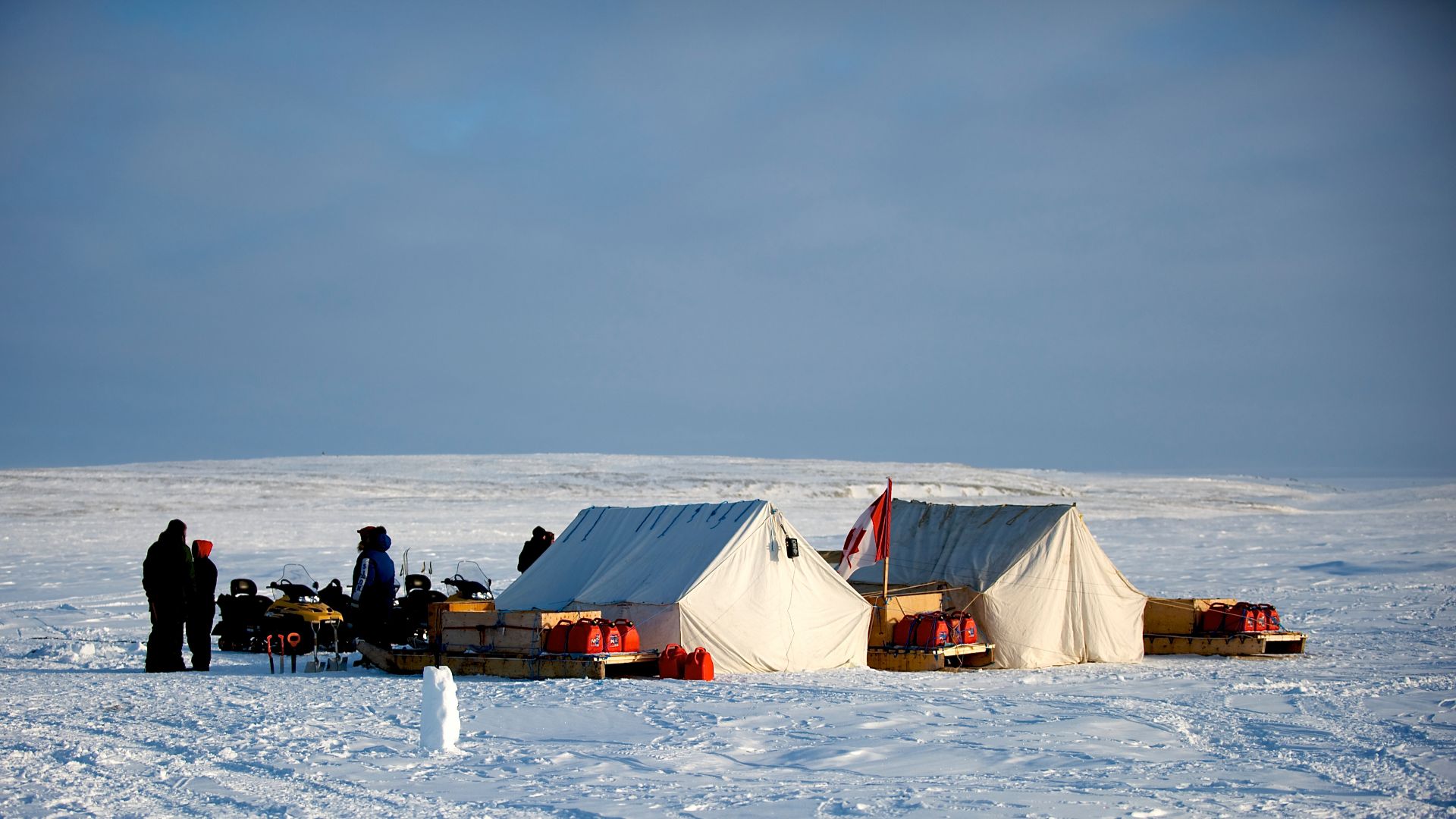 US Mission Canada on Wikimedia
US Mission Canada on Wikimedia


